Living room design in 2025 embraces a transformative approach that prioritizes comfort, sustainability, and personal expression. The year ahead promises living rooms that blend comfort with artistry, structure with softness, and nostalgia with modernity, creating spaces that feel layered, inviting, and utterly unique. From maximalist expressions with vibrant jewel tones to biophilic designs that incorporate natural elements, these trends reflect our evolving relationship with home spaces as sanctuaries for both relaxation and entertainment.
1. Biophilic Living Room Design with Natural Elements
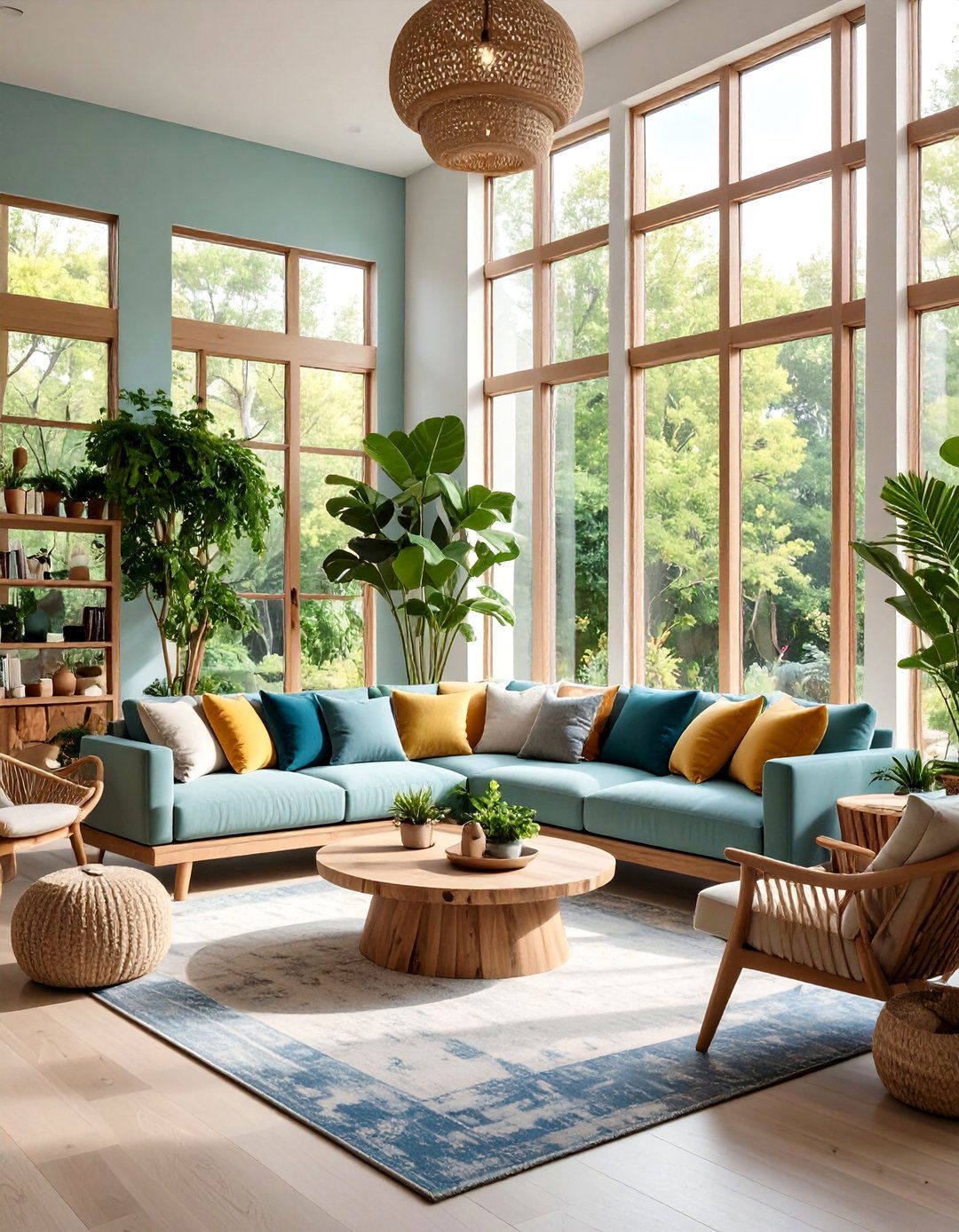
Biophilic design brings nature into indoor spaces through plants, natural materials, and organic forms to improve health and well-being. This comprehensive approach transforms living rooms into nature-inspired sanctuaries that promote tranquility and connection with the outdoors. The design incorporates floor-to-ceiling windows, natural light, sustainable materials like reclaimed wood and stone, and abundant greenery throughout the space. Water features, such as small fountains or aquariums, add soothing auditory elements, while natural textures like jute rugs, linen upholstery, and live-edge wooden furniture create tactile connections to nature. The color palette features various shades of green, earthy browns, and soft neutrals that mirror outdoor environments, creating a harmonious space that reduces stress and enhances overall wellness.
2. Maximalist Living Room Design with Bold Colors and Patterns
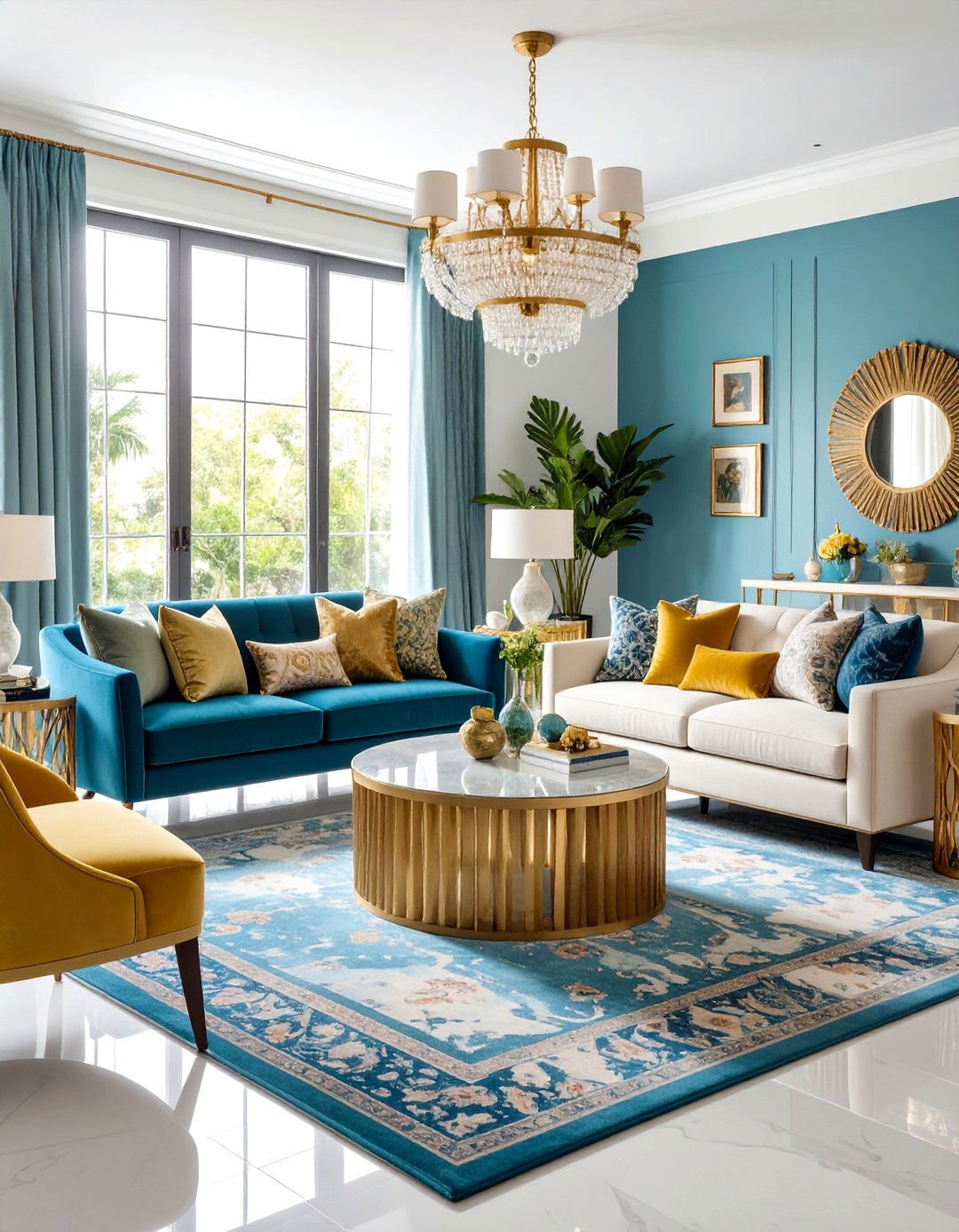
Maximalism embraces the philosophy that more is more, featuring layers of colors, patterns, and textures to create rich, vibrant spaces filled with personality. This dramatic design approach celebrates abundance through pattern drenching, color drenching, and eclectic collections of artwork, books, and decorative objects. The living room showcases jewel tones like emerald green, sapphire blue, and amethyst purple, paired with metallic accents and bold geometric or floral patterns. Furniture pieces feature rich velvets, intricate embroidery, and mixed textures that create visual depth and sensory appeal. Gallery walls display diverse artwork in ornate frames, while layered rugs, statement lighting fixtures, and curated collections of objects create a space that feels both luxurious and deeply personal.
3. Curved Living Room Design with Organic Shapes
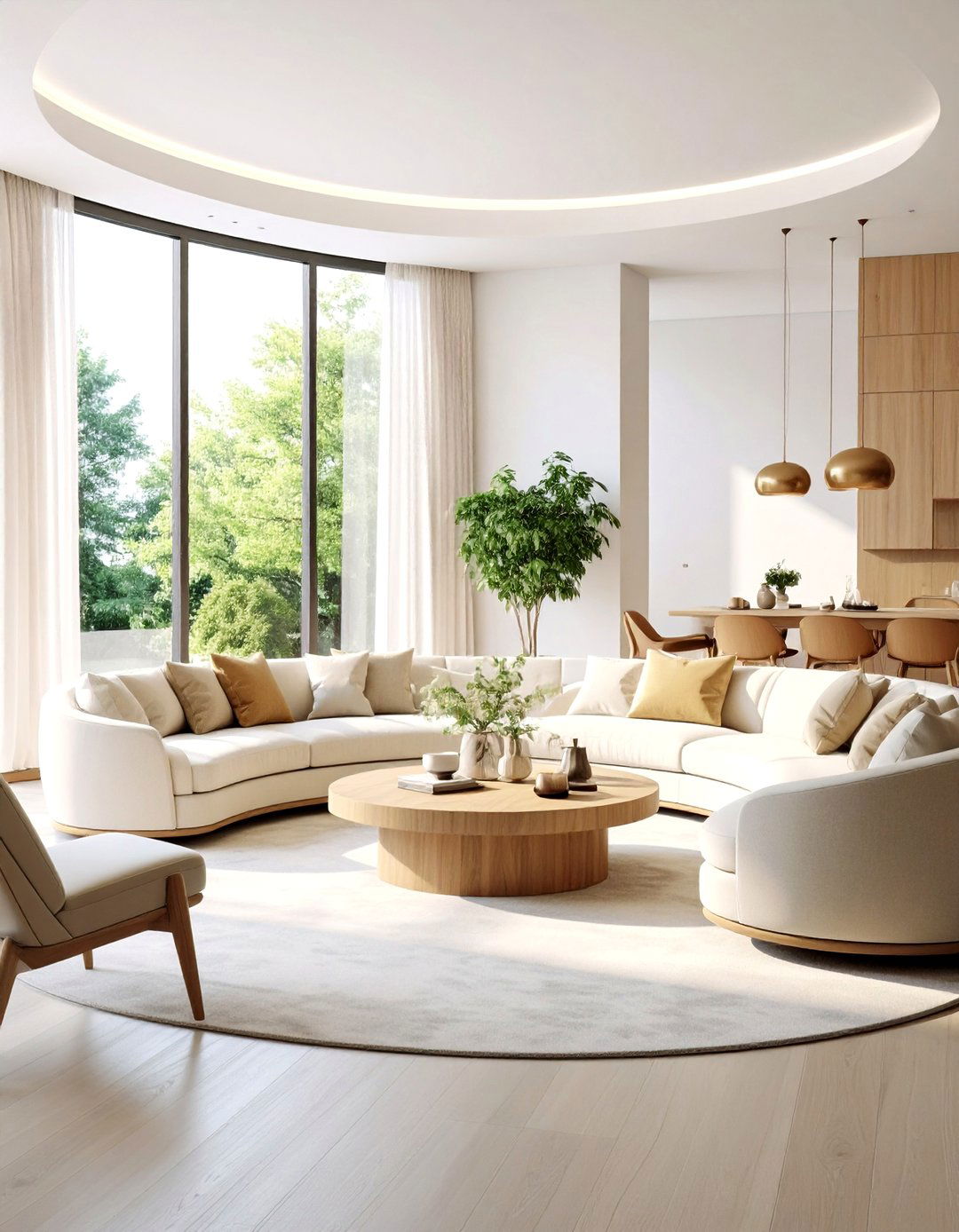
Curved furniture introduces soft, rounded lines that create a more tranquil and inviting atmosphere compared to angular designs. This organic approach features elegantly rounded sofas, crescent-shaped armchairs, and tables with smooth, flowing edges that enhance the natural flow of the space. The design incorporates sculptural elements like curved coffee tables, rounded ottomans, and arched architectural details that soften the overall aesthetic. Natural materials such as live-edge wood, stone, and rattan complement the curved forms, creating harmony between shape and texture. Lighting fixtures with organic silhouettes and curved mirrors enhance the flowing theme, while soft, neutral color palettes emphasize the calming psychological effects of curved forms on human perception and comfort.
4. Formal Living Room Design for Modern Entertaining
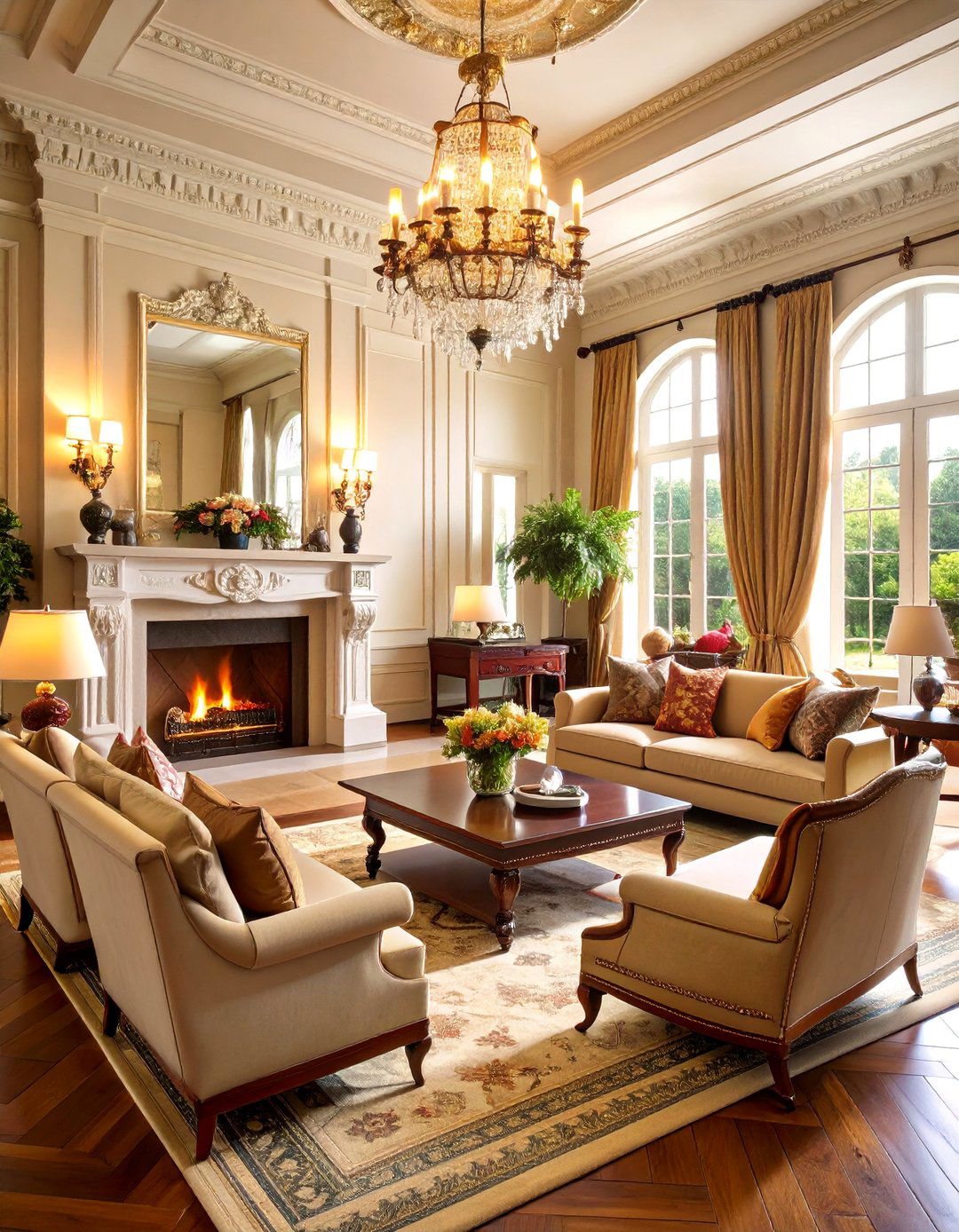
Formal living rooms are making a comeback as thoughtfully designed spaces that prioritize entertaining and aesthetic enjoyment over technology. This sophisticated approach features multiple seating vignettes, bar carts, fireplaces, and art collections where the sofa and television are not the central focus. The layout emphasizes conversation areas with elegant furniture arrangements, including banquette seating near fireplaces and intimate groupings that encourage social interaction. Rich materials like velvet upholstery, polished wood, and brass accents create an atmosphere of refined elegance. Game tables and flexible furniture pieces accommodate various entertaining needs, while architectural lighting and statement chandeliers provide ambient illumination that can be adjusted for different moods and occasions throughout gatherings.
5. Comfort-Driven Living Room Design with Plush Furnishings
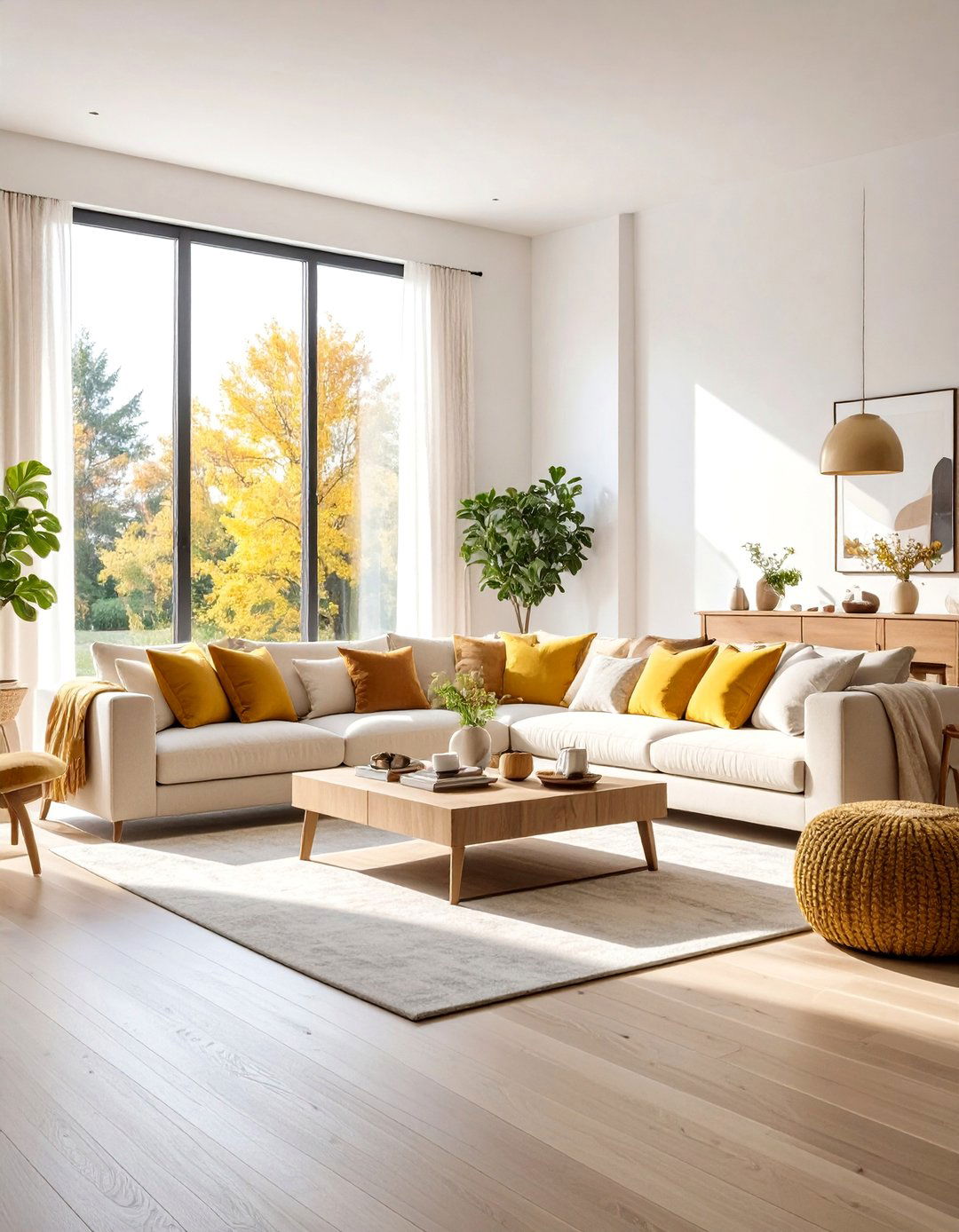
Comfort-driven design prioritizes plush sofas, oversized cushions, and cozy textures that create inviting spaces for relaxation and unwinding. This approach features deep-seated chairs, rounded edges, and luxurious fabrics that blend comfort with sophisticated style. The living room showcases oversized sectionals with generous proportions, soft throw blankets in cashmere or wool, and multiple layers of cushions in varying textures. Natural materials like organic cotton, linen, and sustainable wool create a tactile experience that promotes relaxation. Cozy daybeds, soft area rugs, and warm lighting create an atmosphere where family members can curl up with books or enjoy quiet conversations, emphasizing the home's role as a sanctuary from daily stresses.
6. Vintage-Modern Living Room Design with Retro Elements
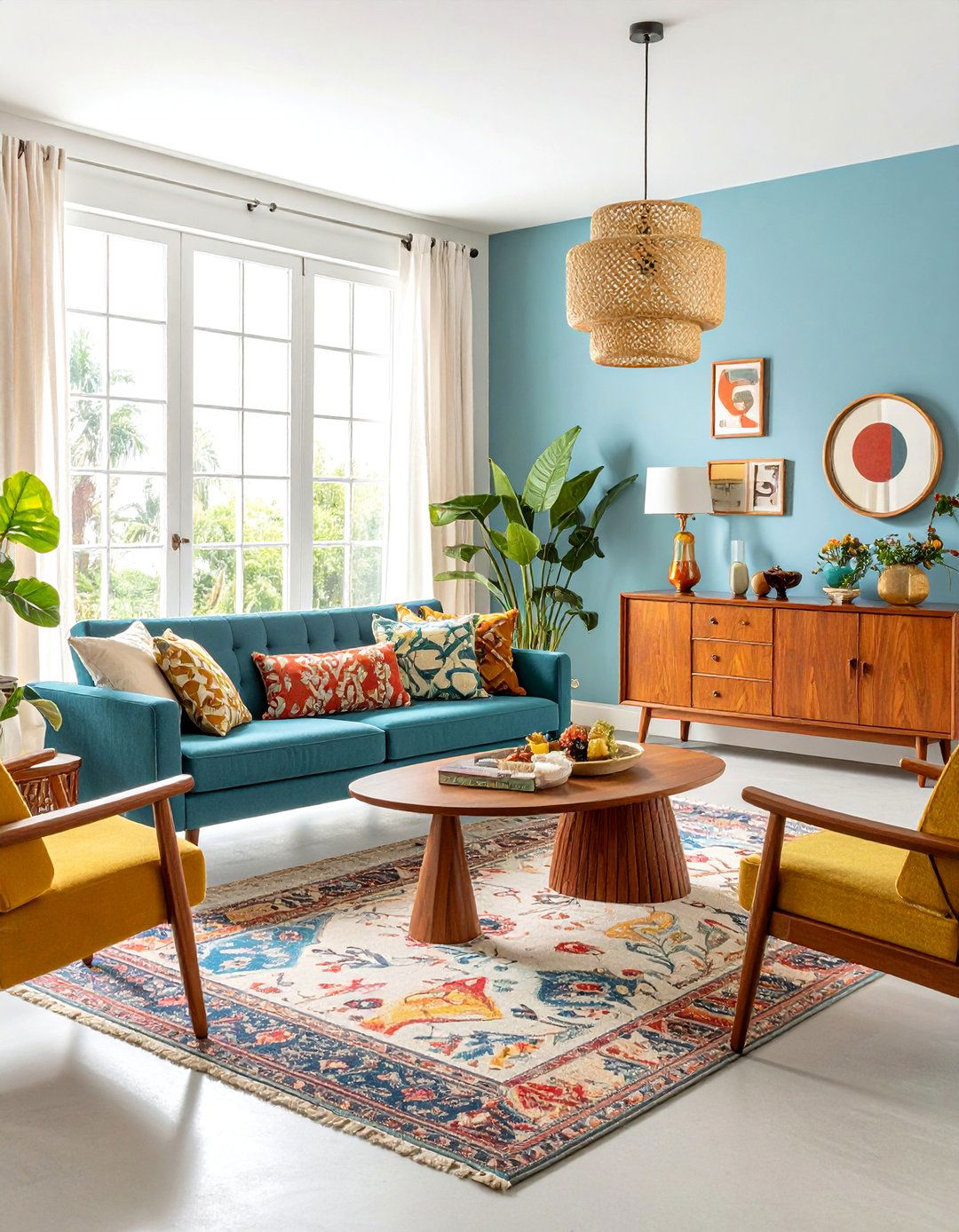
Vintage and retro styles are making a strong comeback with modern twists, combining nostalgic pieces with contemporary elements. This eclectic approach features mid-century modern furniture, bold patterns from past decades, and carefully curated vintage pieces that tell stories. The design incorporates authentic vintage finds like velvet sofas, wooden sideboards, and retro lighting fixtures, balanced with sleek modern accents such as glass coffee tables and contemporary artwork. The 'Hipstoric Home' trend encourages mixing different decades within a single space, creating layered interiors with personality and character. Rich color palettes reference specific eras while maintaining contemporary sophistication through thoughtful editing and modern amenities.
7. Sustainable Living Room Design with Eco-Friendly Materials

Sustainability remains at the forefront of design trends, with focus on eco-friendly materials and practices that minimize environmental impact. This conscientious approach features reclaimed wood, bamboo, and recycled metals, along with modular furniture that can be easily disassembled and repurposed. The living room showcases locally sourced materials, vintage and antique pieces that reduce waste, and furniture made from sustainable sources. Natural fibers like organic cotton, wool, and linen are used for upholstery and textiles, while energy-efficient lighting and smart home technology reduce resource consumption. The design emphasizes longevity and timeless appeal over trendy pieces, creating spaces that are both environmentally responsible and aesthetically enduring.
8. Warm Metallic Living Room Design with Luxurious Finishes
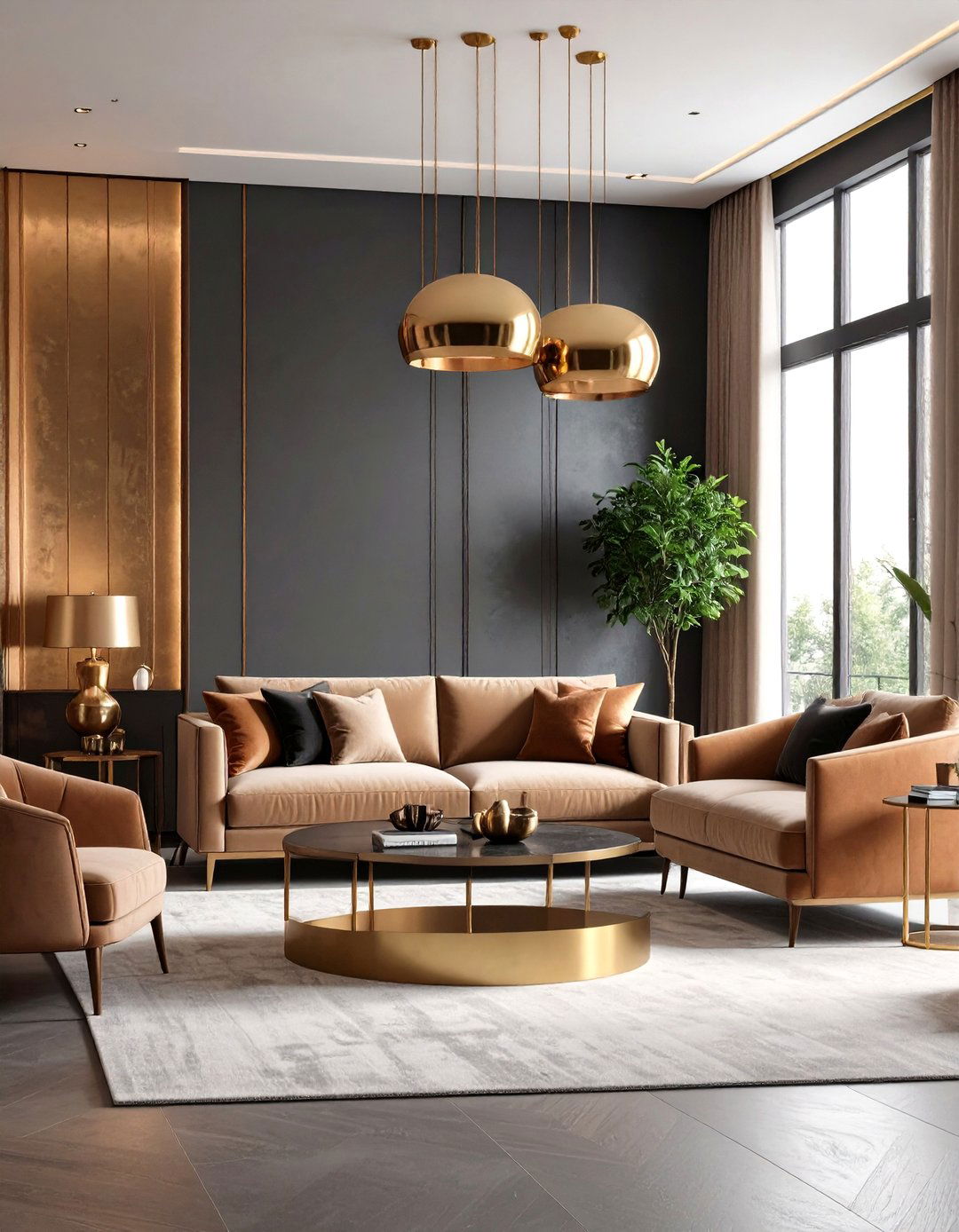
Warm metallic finishes including gold, bronze, and copper bring luxury and sophistication to living spaces. This opulent approach features polished brass light switches, metallic hardware, and statement lighting fixtures that act as jewelry for the walls. The design incorporates metallic accents through furniture legs, coffee table bases, and decorative objects that catch and reflect light throughout the space. Mixed metallic finishes are thoughtfully combined to create layered, sophisticated looks, while warm tones complement both neutral and bold color schemes. The metallic elements are balanced with natural textures and soft fabrics to prevent the space from feeling cold or overly formal, creating an atmosphere of approachable luxury.
9. Jewel Tone Living Room Design with Rich Colors
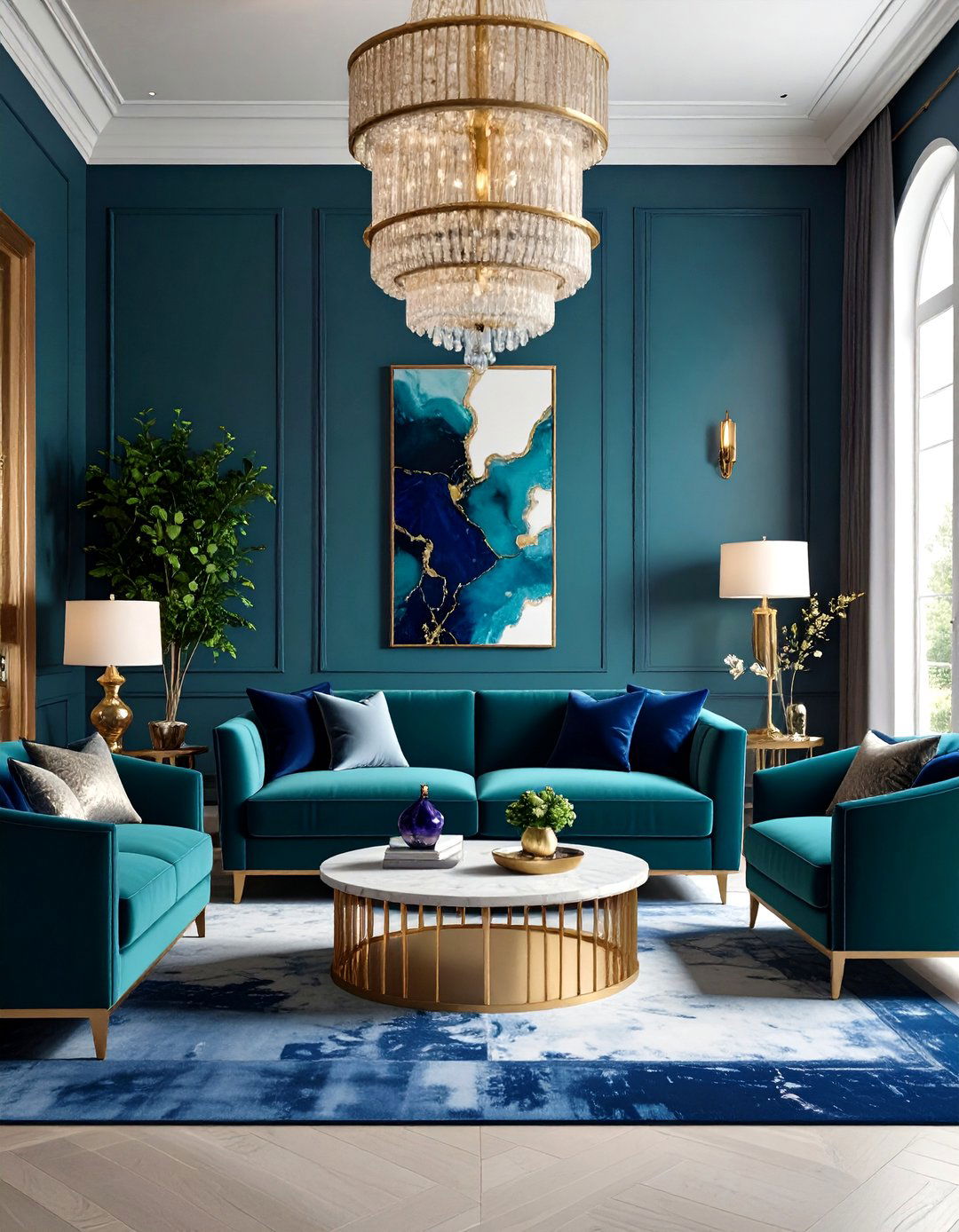
Rich jewel tones like emerald green, sapphire blue, and amethyst purple create dramatic, luxurious atmospheres in living spaces. This bold approach features color-drenched rooms that use single hues in varying shades to create cohesive, impactful looks. The design showcases deep, saturated colors through upholstery, wall treatments, and decorative accessories that create visual depth and emotional impact. Jewel tones are balanced with metallic accents and neutral elements to prevent overwhelming the space, while strategic use of lighting enhances the richness of the colors. The palette creates a sense of opulence and sophistication, making the living room feel like a luxurious retreat that energizes and inspires its occupants.
10. Layered Lighting Living Room Design with Multiple Sources
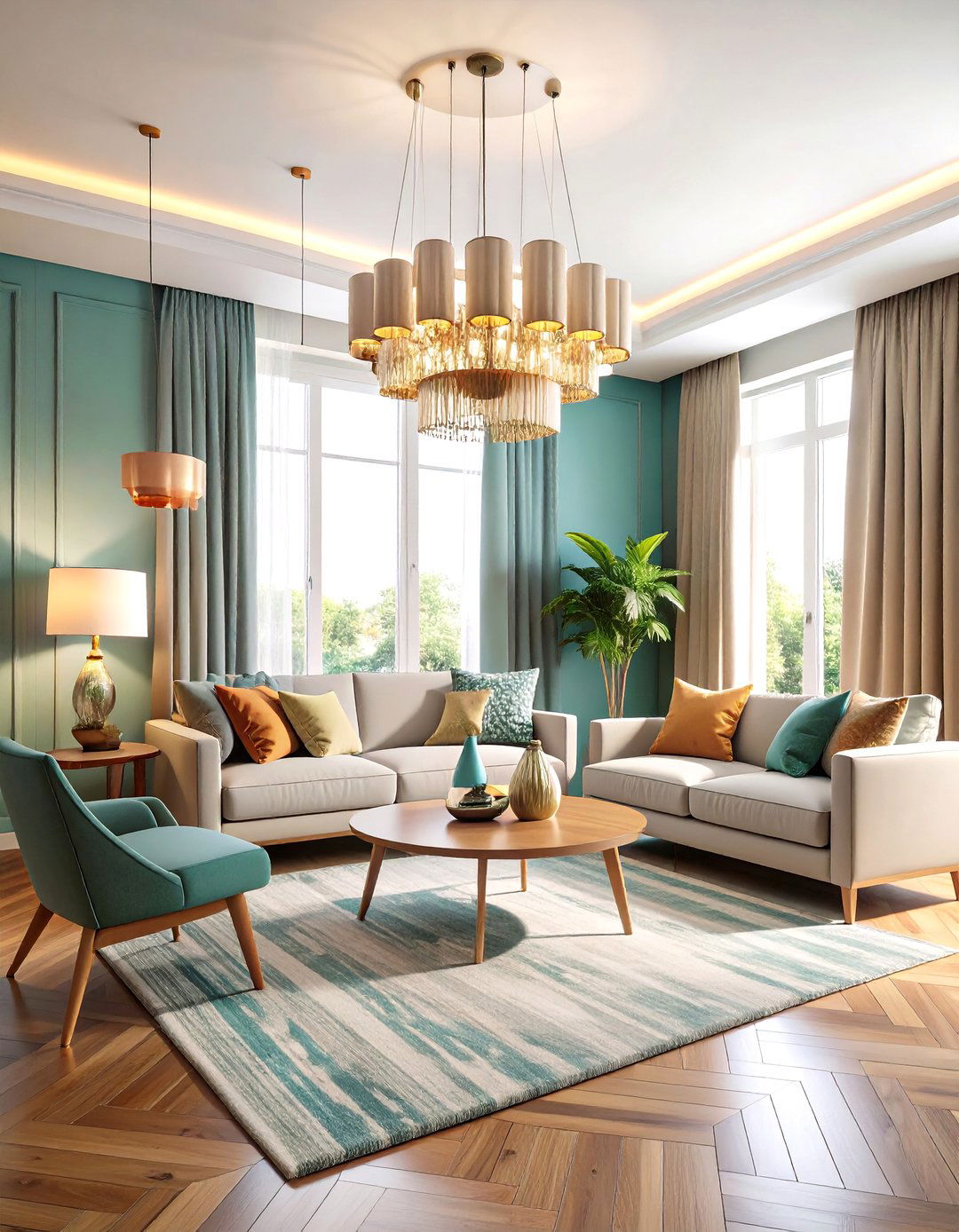
Layered lighting schemes incorporate multiple sources at different levels to create desired atmospheres and replace purely functional lighting. This sophisticated approach features architectural lighting through sconces, chandeliers, and sculptural floor lamps, combined with task, accent, and ambient lighting. The design includes statement fixtures that serve as focal points, integrated LED lighting in built-ins, and accent lighting around fireplaces and art collections. Soft wall sconces and layered lighting systems allow rooms to shift in mood throughout the day, creating flexibility for different activities and times. The lighting plan considers both functional needs and aesthetic impact, using varied intensities and color temperatures to enhance the overall ambiance.
11. Natural Texture Living Room Design with Organic Materials
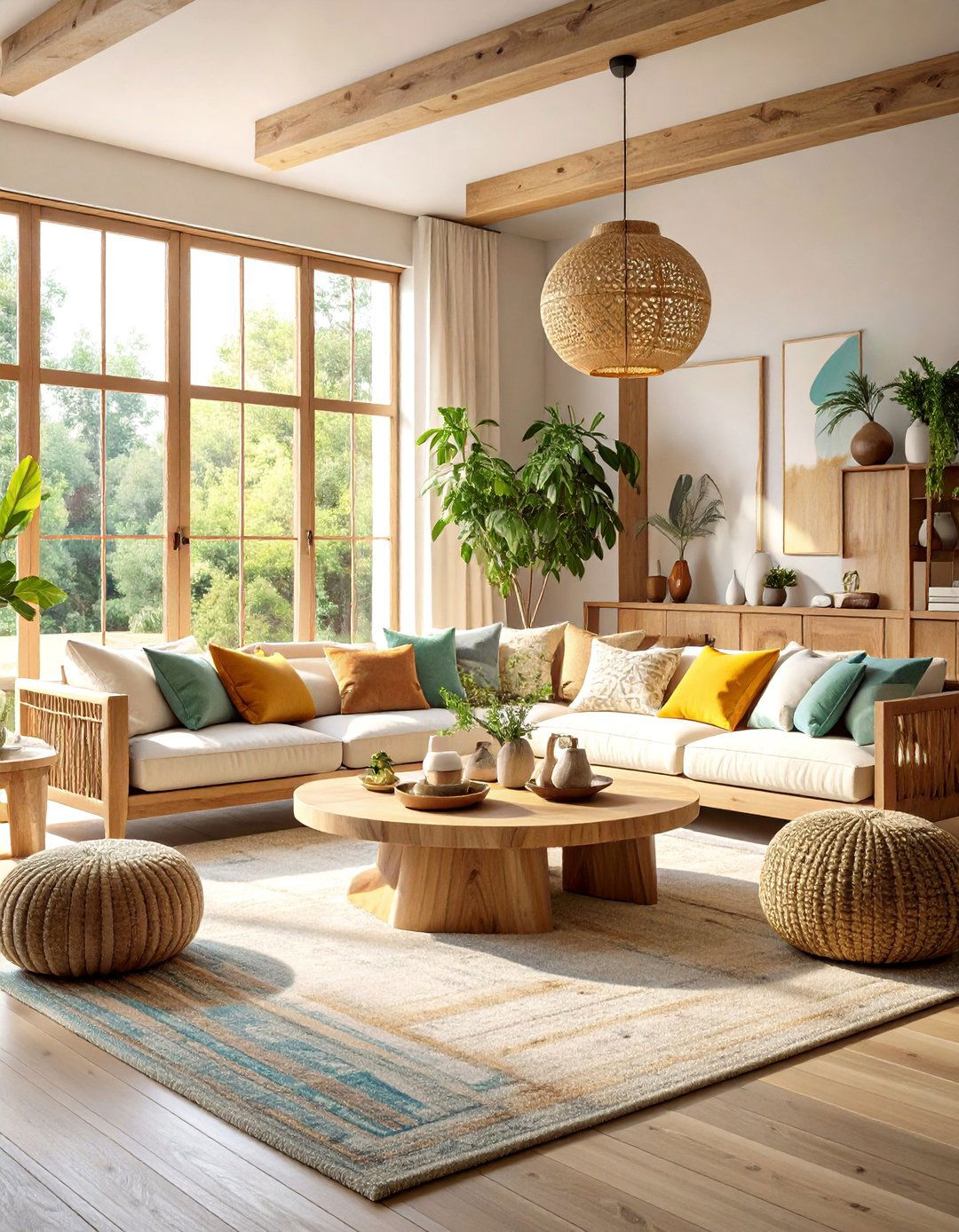
Natural textures including wood, stone, and linen bring organic qualities that feel both grounding and luxurious. This tactile approach features brushed stone, aged brass, and reclaimed wood with lived-in patina that adds character and warmth. The design incorporates various natural materials through furniture, flooring, and decorative elements that create sensory richness. Wooden coffee tables, stone fireplaces, and linen curtains complement various design styles from rustic to modern, providing versatility and timeless appeal. The textures are layered thoughtfully to create visual and tactile interest while maintaining harmony, emphasizing the connection between indoor comfort and natural beauty.
12. Antique-Integrated Living Room Design with Vintage Pieces
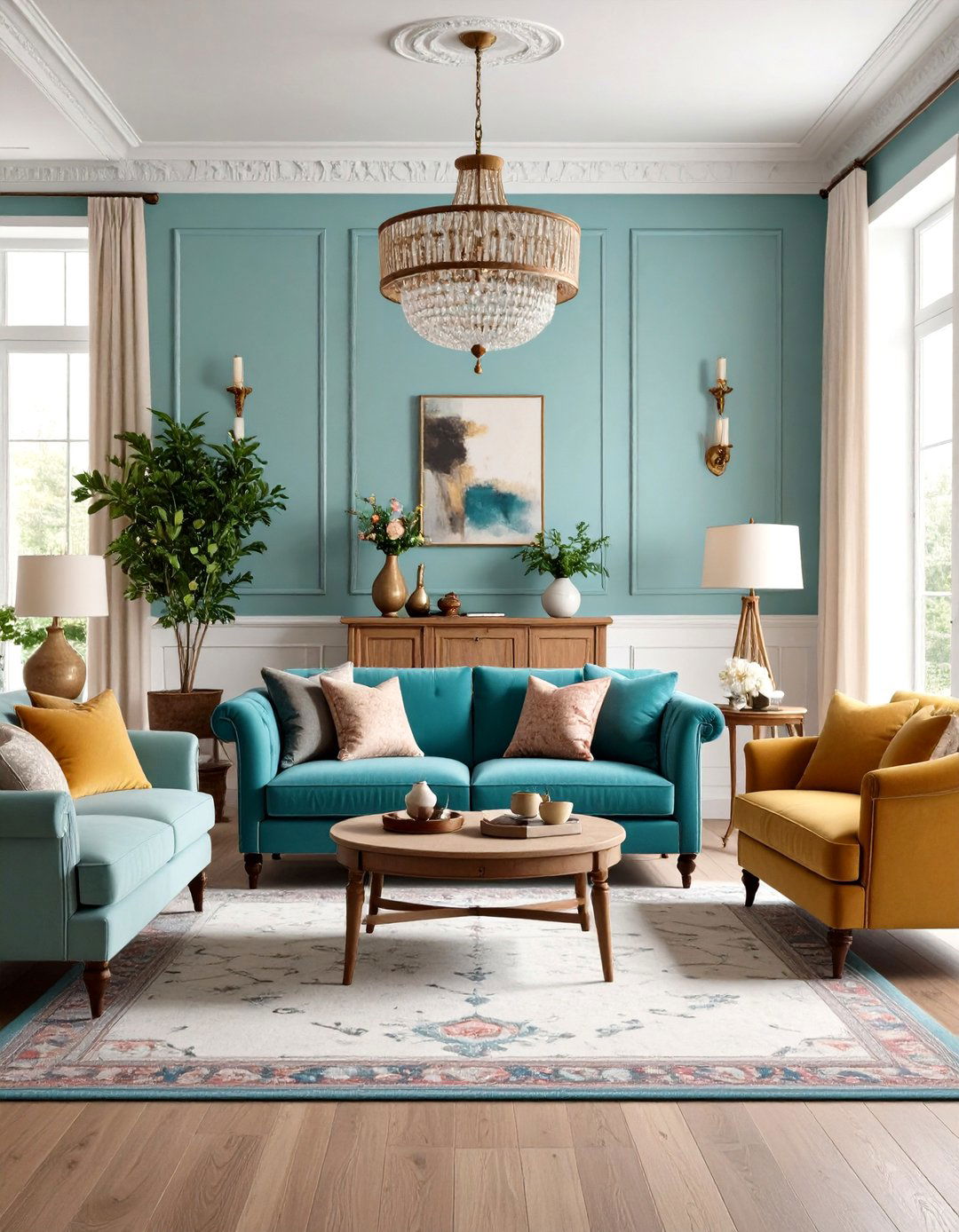
Antique and vintage furnishings are increasingly popular as clients invest in timeless pieces with character and history. This curated approach features antique furniture mixed with modern pieces, creating spaces that tell stories and celebrate craftsmanship. The design showcases carefully selected vintage pieces that have been reupholstered with contemporary fabrics, breathing new life into traditional forms. Family heirlooms and centuries-old items are treasured and maintained for future generations, creating continuity and personal connection within the space. The approach emphasizes stewardship and sustainability while adding unique character that cannot be replicated in mass-produced furniture.
13. Flexible Living Room Design with Movable Furniture

Flexible, movable furniture accommodates changing needs and supports the shift toward conversational spaces rather than media-centered rooms. This adaptable approach features lighter accent chairs, versatile ottomans, and cordless lamps that can be easily rearranged for different occasions. The design incorporates modular seating systems, nesting tables, and multi-functional pieces that serve various purposes throughout the day. Clusters of smaller tables replace monolithic coffee tables, providing flexibility for entertaining and daily use. The furniture selection prioritizes pieces that can adapt to different spatial configurations, supporting both intimate gatherings and larger social events while maintaining aesthetic coherence.
14. Modern Cottage Living Room Design with Artisanal Elements
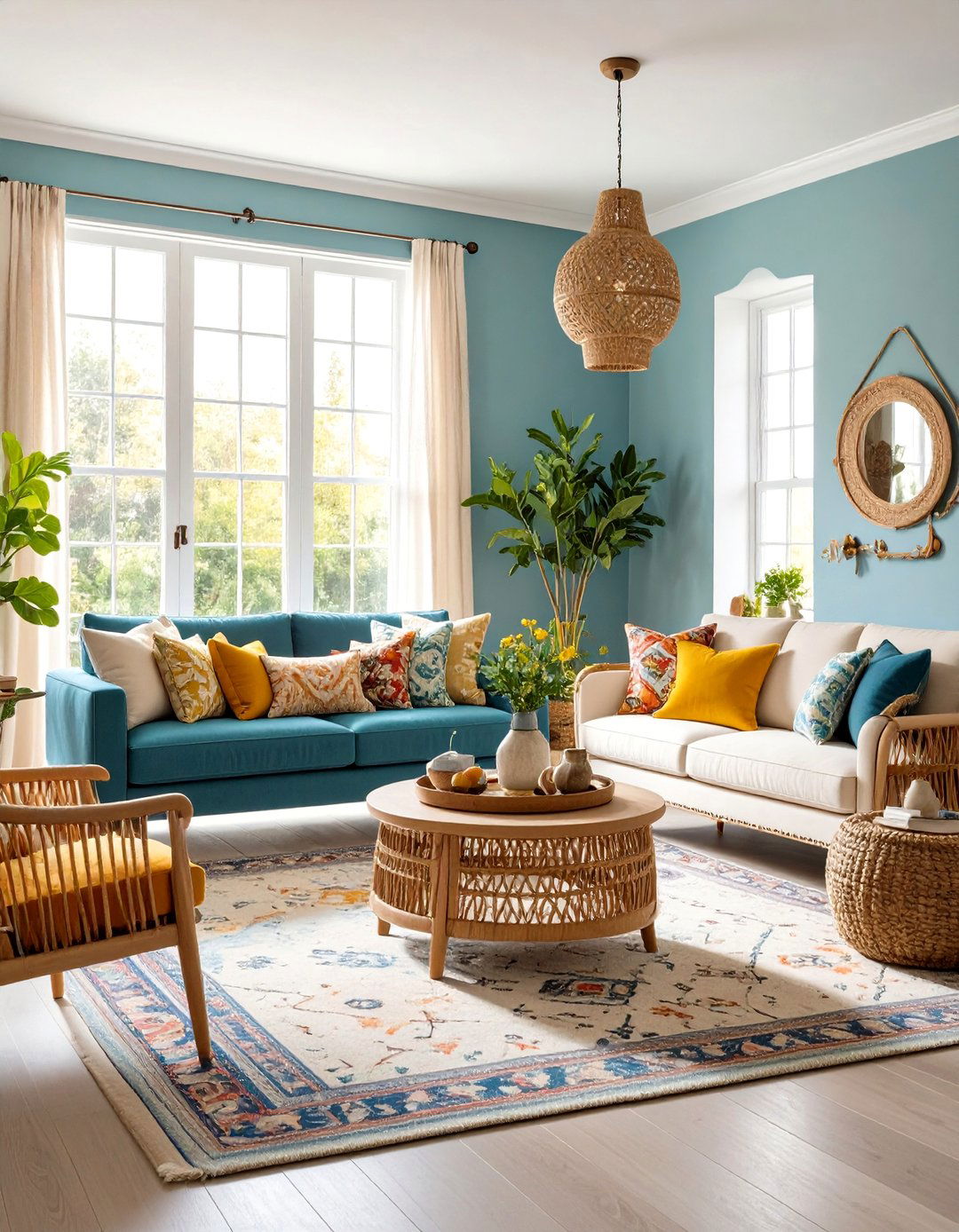
The Modern Cottage trend combines cozy English cottage aesthetics with contemporary tailoring and artisanal materials. This warm approach features sustainable, locally sourced materials that speak to craftsmanship over mass production, with warm tones and pattern play. The design incorporates handcrafted furniture, textiles with traditional techniques, and modern lighting mixed with classic forms. Scalloped edges and wavy forms add organic interest to furniture and architectural details, while natural fibers and traditional patterns create cozy, inviting atmospheres. The aesthetic celebrates skilled artisanship and regional materials, creating spaces that feel both contemporary and rooted in craft traditions.
15. Art Deco Revival Living Room Design with Geometric Patterns
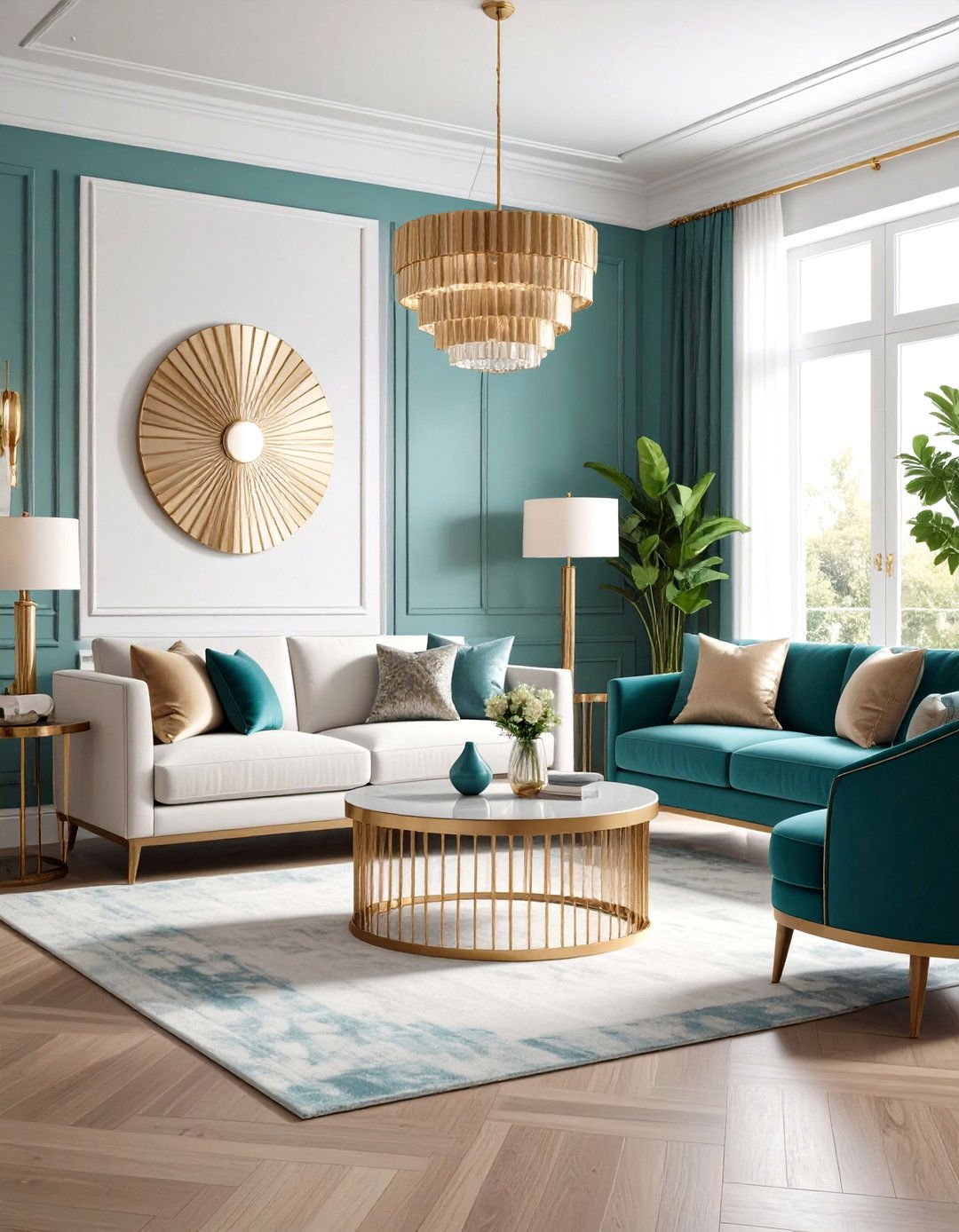
Art Deco is making a significant comeback with warm, rich tones and geometric patterns that create sophisticated, glamorous spaces. This dramatic approach features deep colored walls, geometric patterns in rugs and artwork, and opulent metallic accessories like chrome fixtures and lacquered furniture. The design incorporates bold architectural elements, luxurious materials, and statement pieces that reference the glamour of the 1920s and 1930s. Rich velvets, polished surfaces, and dramatic lighting create an atmosphere of elegance and sophistication. The geometric patterns and metallic finishes are balanced with plush textures and warm colors to create spaces that feel both historically referenced and thoroughly contemporary.
16. Textured Wall Living Room Design with Dimensional Surfaces

Textured walls are an exciting trend featuring wallpaper with intricate patterns and three-dimensional wall panels that add depth and visual interest. This dynamic approach features wall and ceiling treatments including paneling, decorative plaster, and textured wallpapers that create refined, polished aesthetics. The design incorporates various surface treatments that range from subtle grasscloth wallpapers to bold geometric wall panels. Textured walls instantly enrich layouts with depth, help distinguish zones, and create discreet focal points. The treatments are selected to complement the room's overall design while enhancing acoustic properties and providing visual stimulation that evolves with changing light throughout the day.
17. Warm Minimalist Living Room Design with Elevated Simplicity
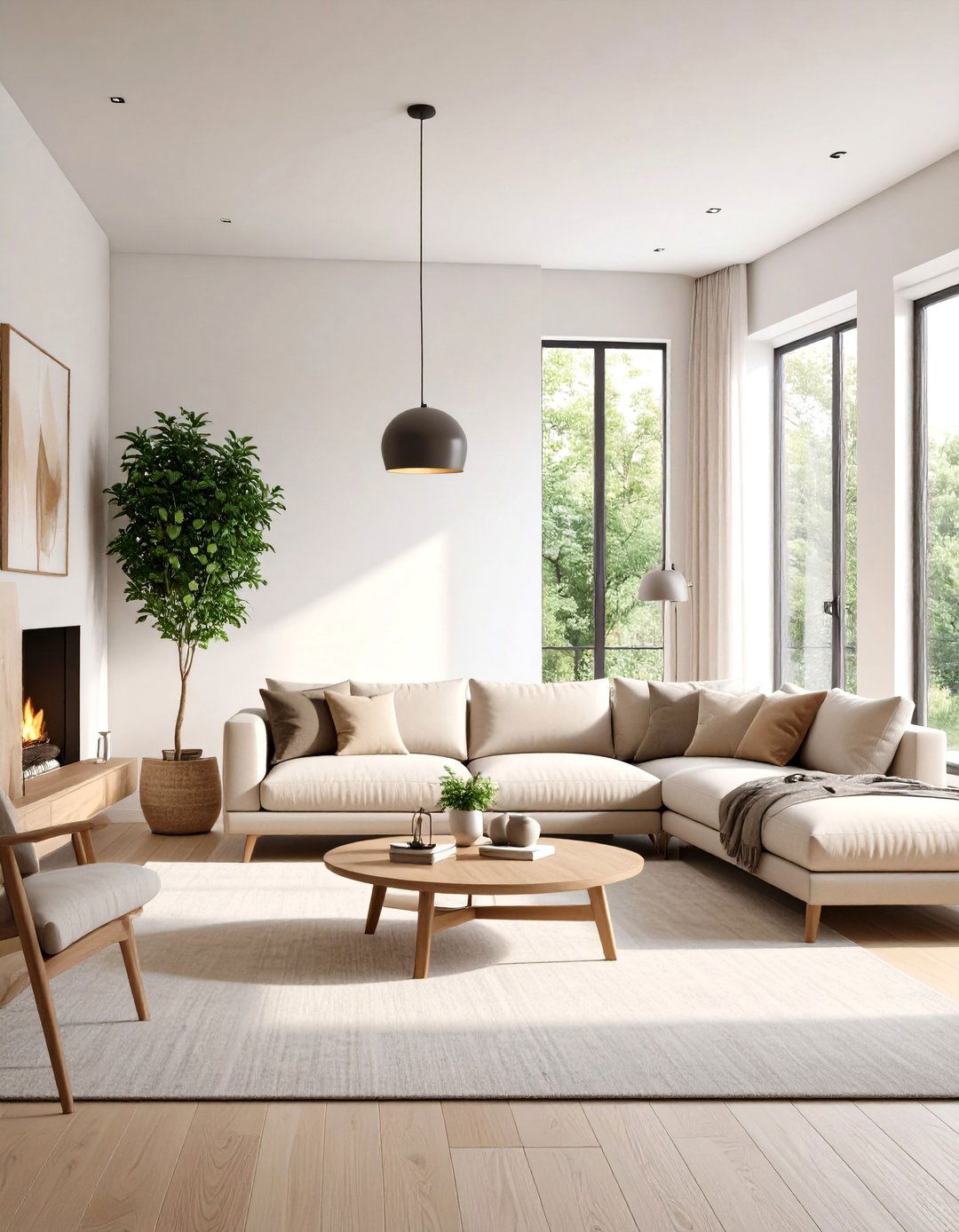
Warm minimalism focuses on high-quality materials, clean lines, and carefully chosen luxurious pieces that create serene, uncluttered spaces. This refined approach features warm tones, interesting textures, and elegant design that feels both timeless and inviting without sacrificing cleanliness. The design incorporates neutral color palettes with subtle variations, natural materials, and furniture with exceptional craftsmanship. The style enhances livability by reducing visual clutter and emphasizing calming earth, sea, and sky tones. Quality over quantity drives the selection process, with each piece carefully chosen for both function and aesthetic impact, creating spaces that feel sophisticated and peaceful.
18. Sensorial Living Room Design with Multi-Sensory Elements
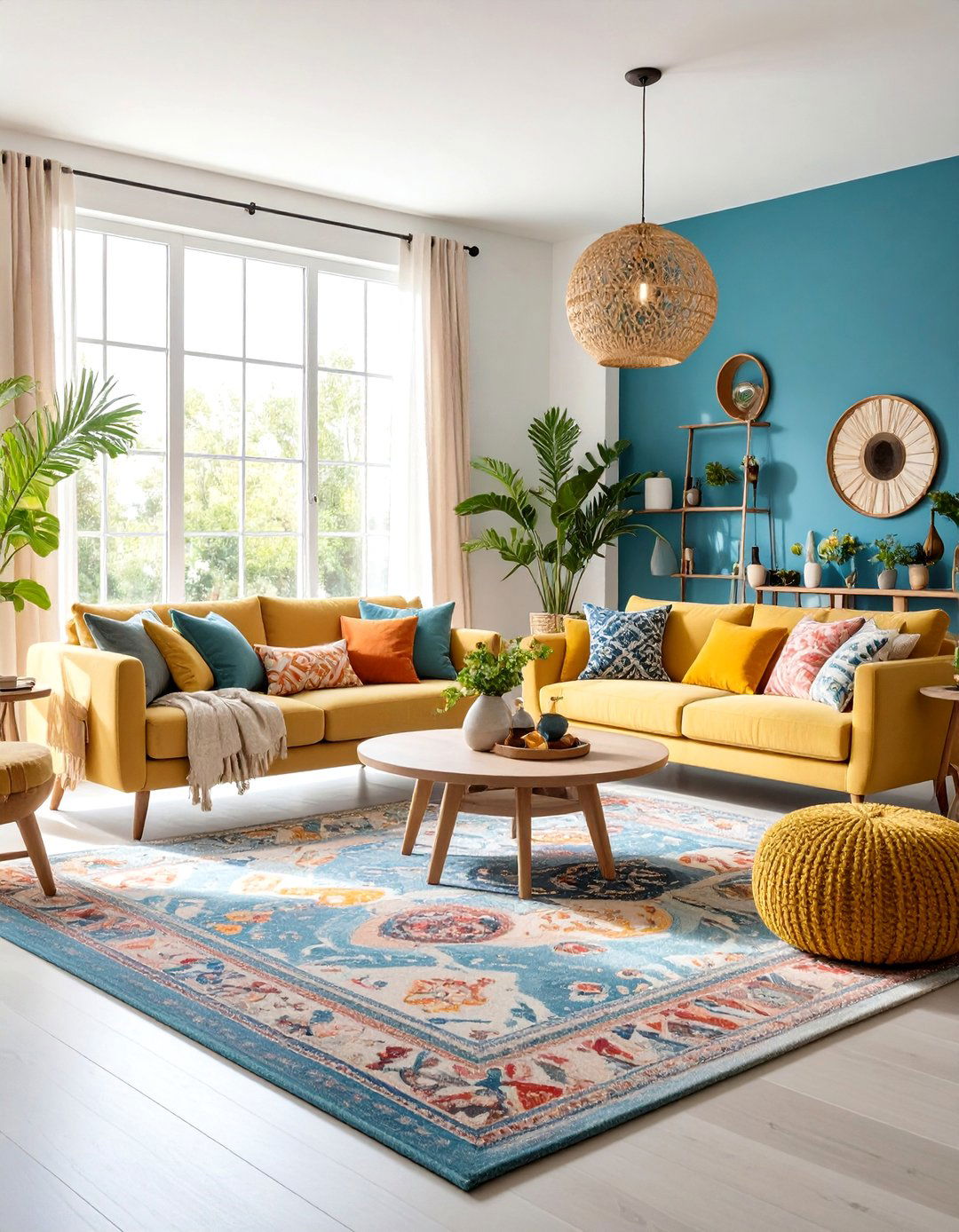
Sensorial design incorporates textures, scents, sounds, and lighting to create immersive environments that appeal to all senses. This comprehensive approach features soft rugs, aromatic elements, soothing sounds, and adjustable lighting that can define or transform room atmospheres. The design integrates various sensory elements including tactile materials, ambient sound systems, and scent diffusion. Essential oils, varied textures, and dynamic lighting create mood-responsive environments. The approach considers how each element affects psychological well-being and comfort, creating spaces that provide holistic experiences beyond visual appeal. The sensory layers work together to create environments that can adapt to different moods and activities throughout the day.
19. Smart Living Room Design with Integrated Technology
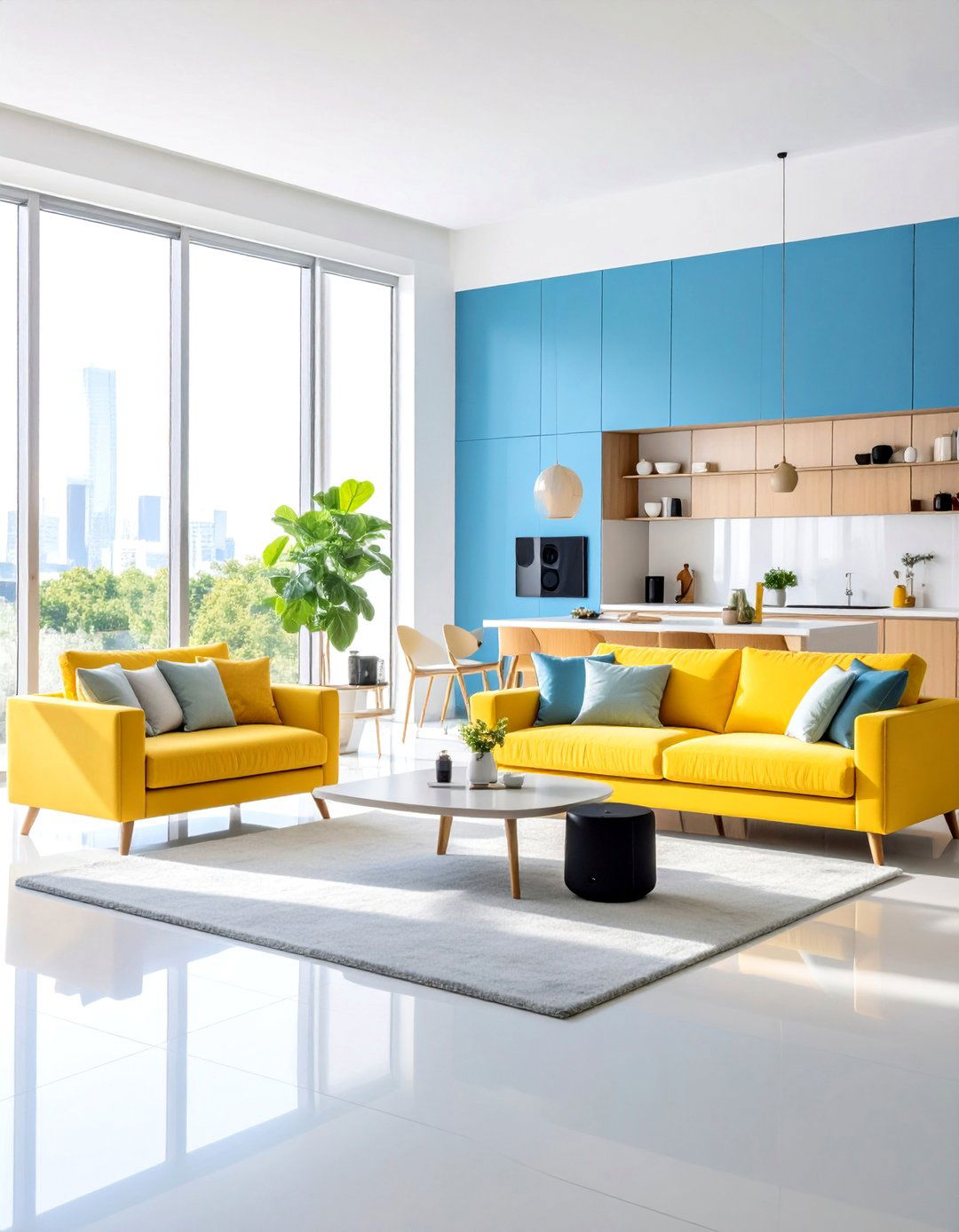
Technology integration focuses on creating seamless, discreet smart home experiences that blend effortlessly with interior design. This advanced approach features hidden speakers, wireless charging furniture, and voice-controlled lighting that maintain aesthetic integrity. The design incorporates smart home devices that are invisible or beautifully integrated into furniture and architectural elements. Multifunctional furniture integrates technology without compromising style, while automated systems control lighting, climate, and entertainment seamlessly. The technology enhances comfort and convenience while remaining unobtrusive, creating spaces that feel both cutting-edge and timeless. The integration prioritizes user experience and aesthetic harmony over technological display.
20. Earth-Toned Living Room Design with Natural Color Palettes
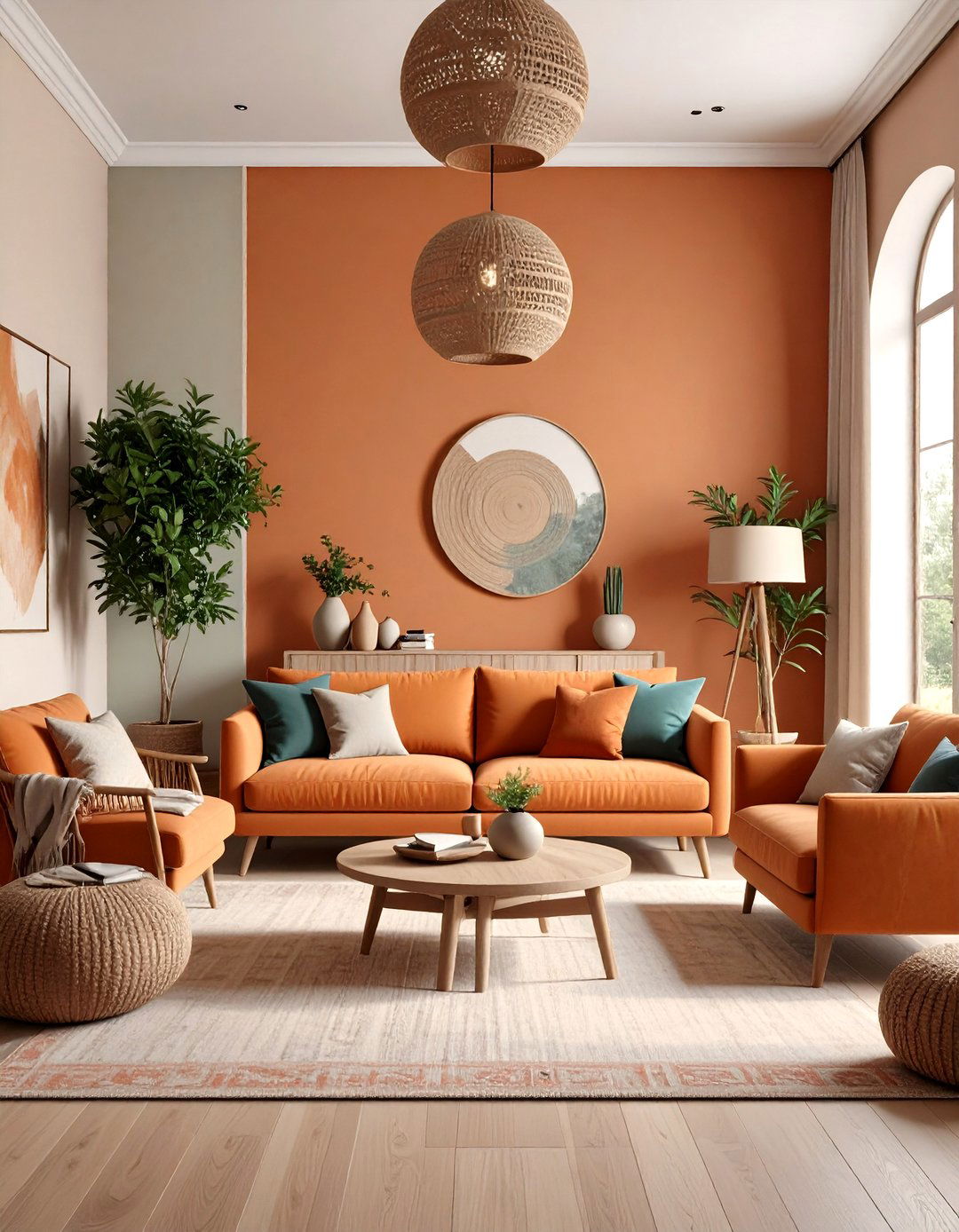
Earthy neutrals including terracotta, ochre, and sage bring grounding, calming effects that reflect nature and promote tranquility. This harmonious approach features warm browns, deep greens, and soft beiges that create calming atmospheres and counterbalance fast-paced digital environments. The design incorporates natural color progression that mimics outdoor environments, using various shades and tones to create depth and visual interest. These versatile colors work as base palettes or accent tones, complementing various design styles and trends. The earth-toned palette is enhanced with natural textures and materials that reinforce the connection to nature, creating spaces that feel both contemporary and timeless while promoting relaxation and well-being.
Conclusion:
The 20 living room design ideas for 2025 represent a significant shift toward more personal, sustainable, and emotionally engaging spaces. These trends emphasize the importance of creating environments that support well-being, reflect individual personality, and adapt to changing lifestyle needs. From biophilic designs that reconnect us with nature to maximalist expressions that celebrate abundance, each approach offers unique opportunities to transform living spaces into meaningful sanctuaries. The emphasis on comfort, sustainability, and authentic materials reflects our evolving understanding of home as both shelter and sanctuary, creating foundations for spaces that will remain relevant and cherished for years to come.


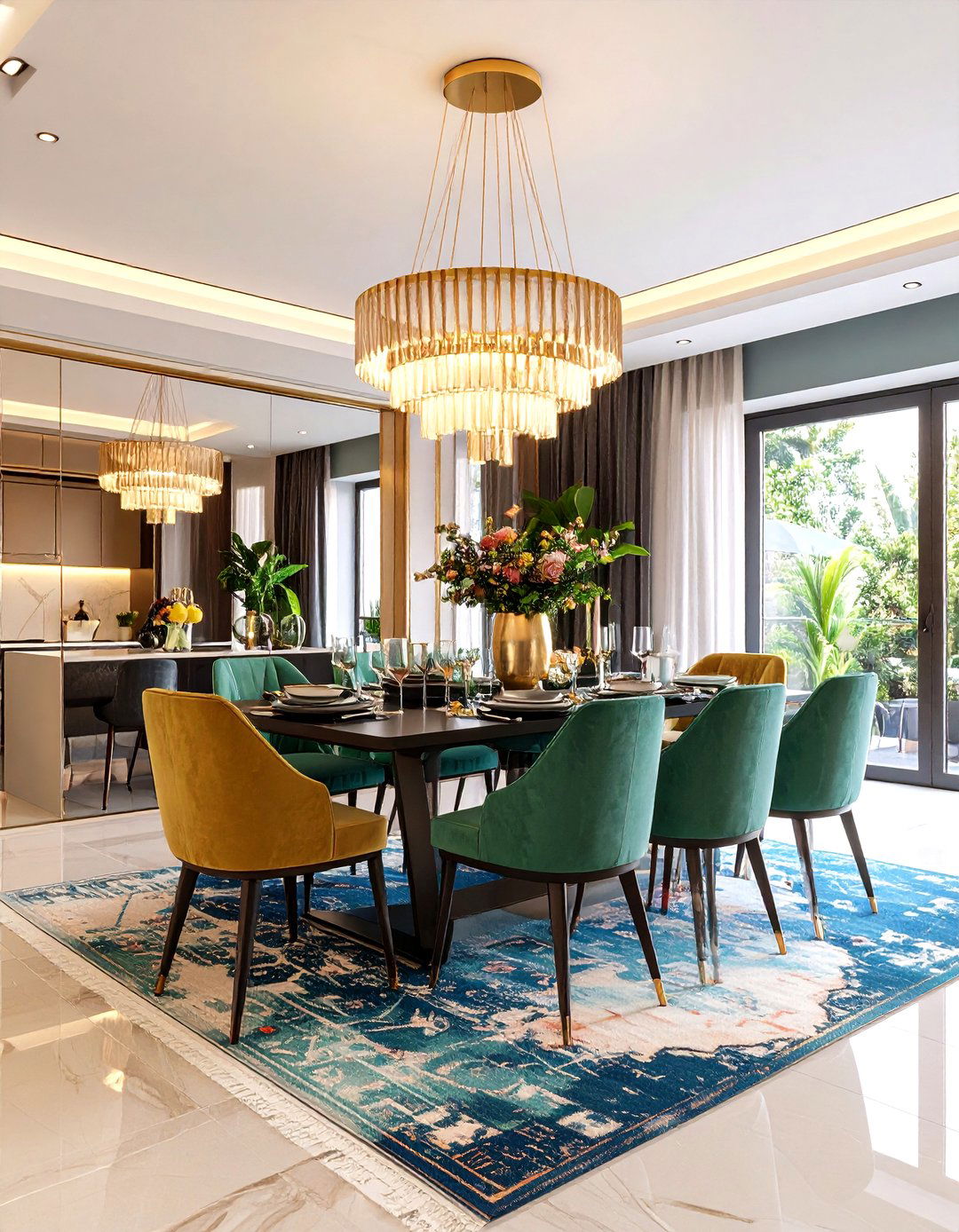


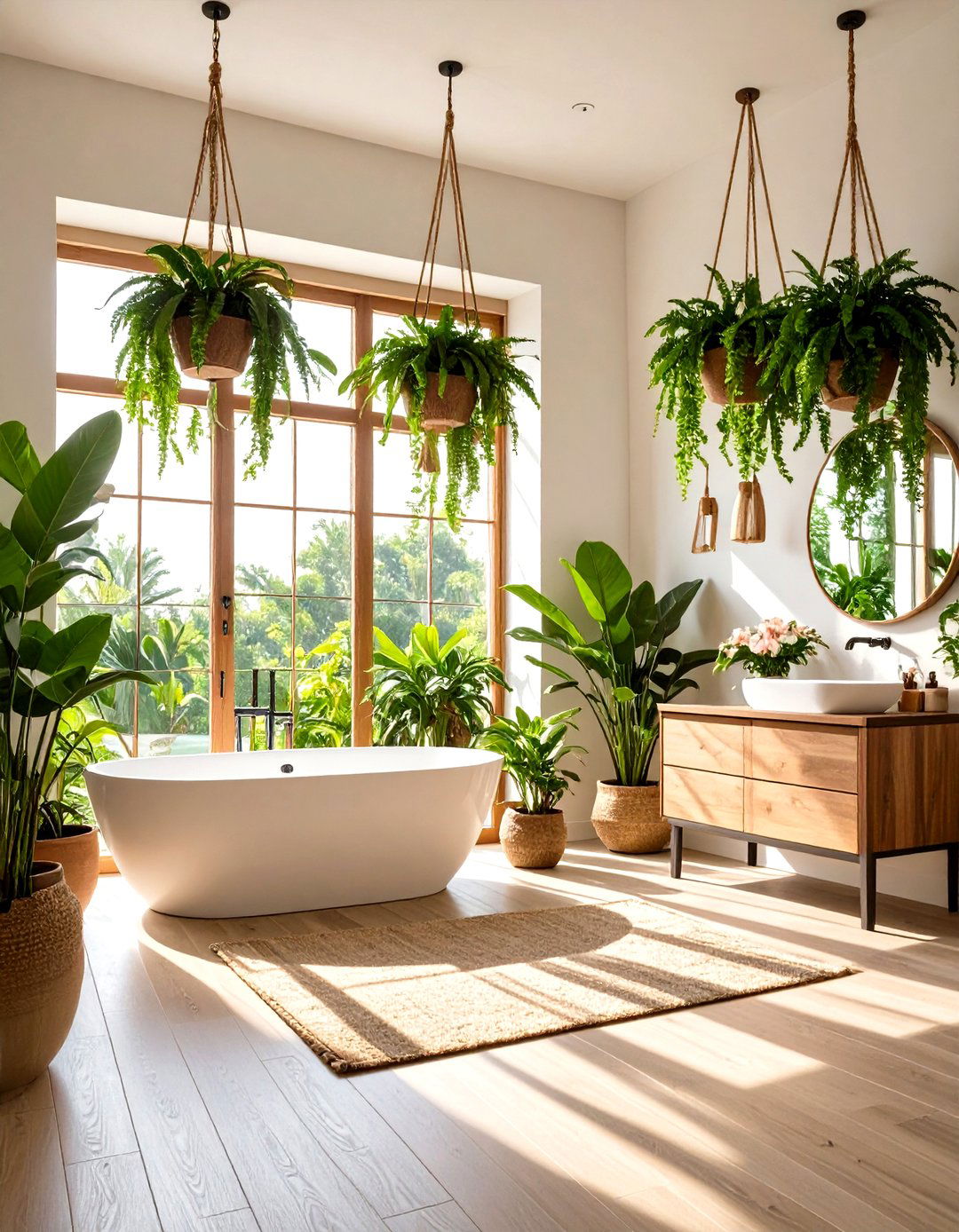

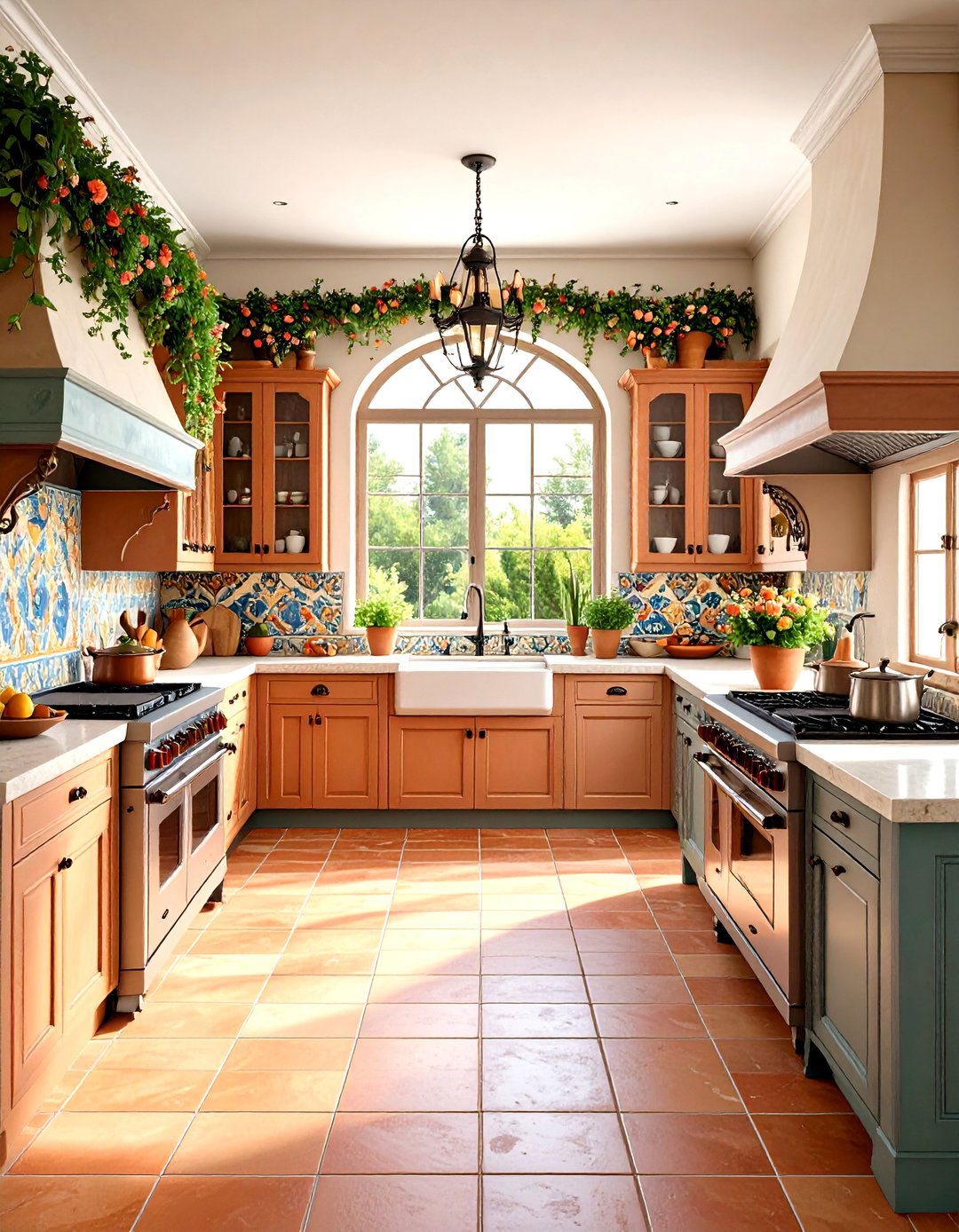
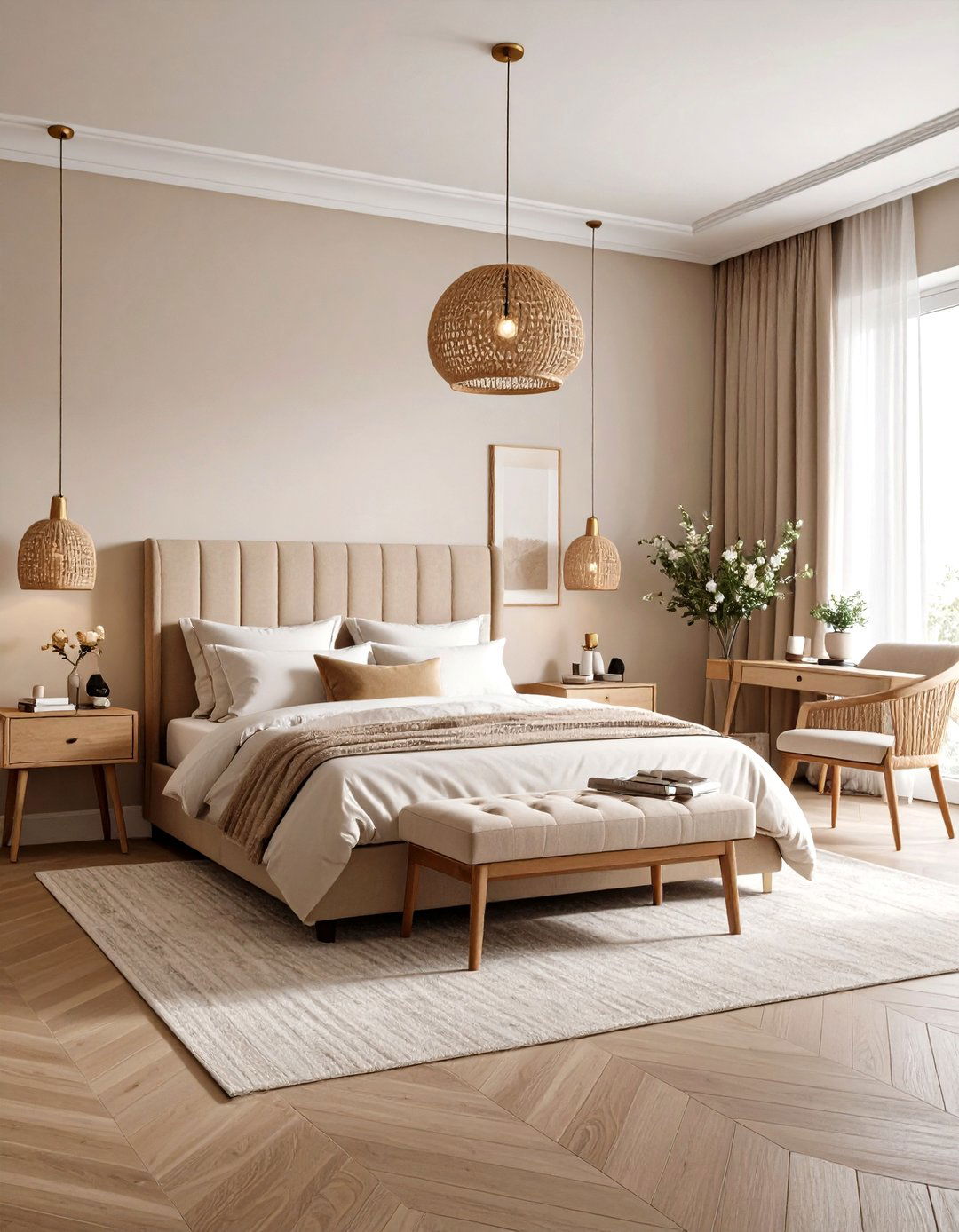
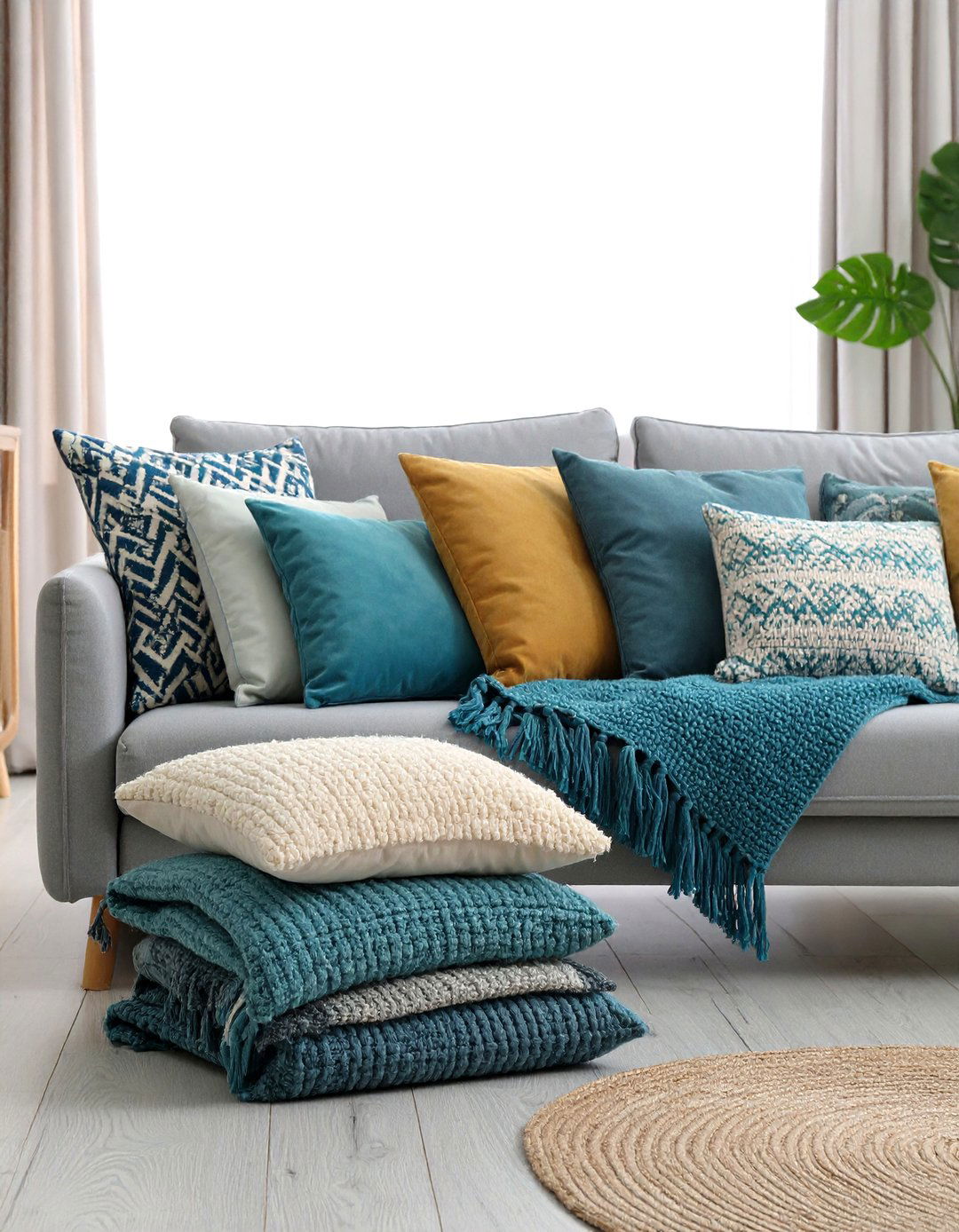
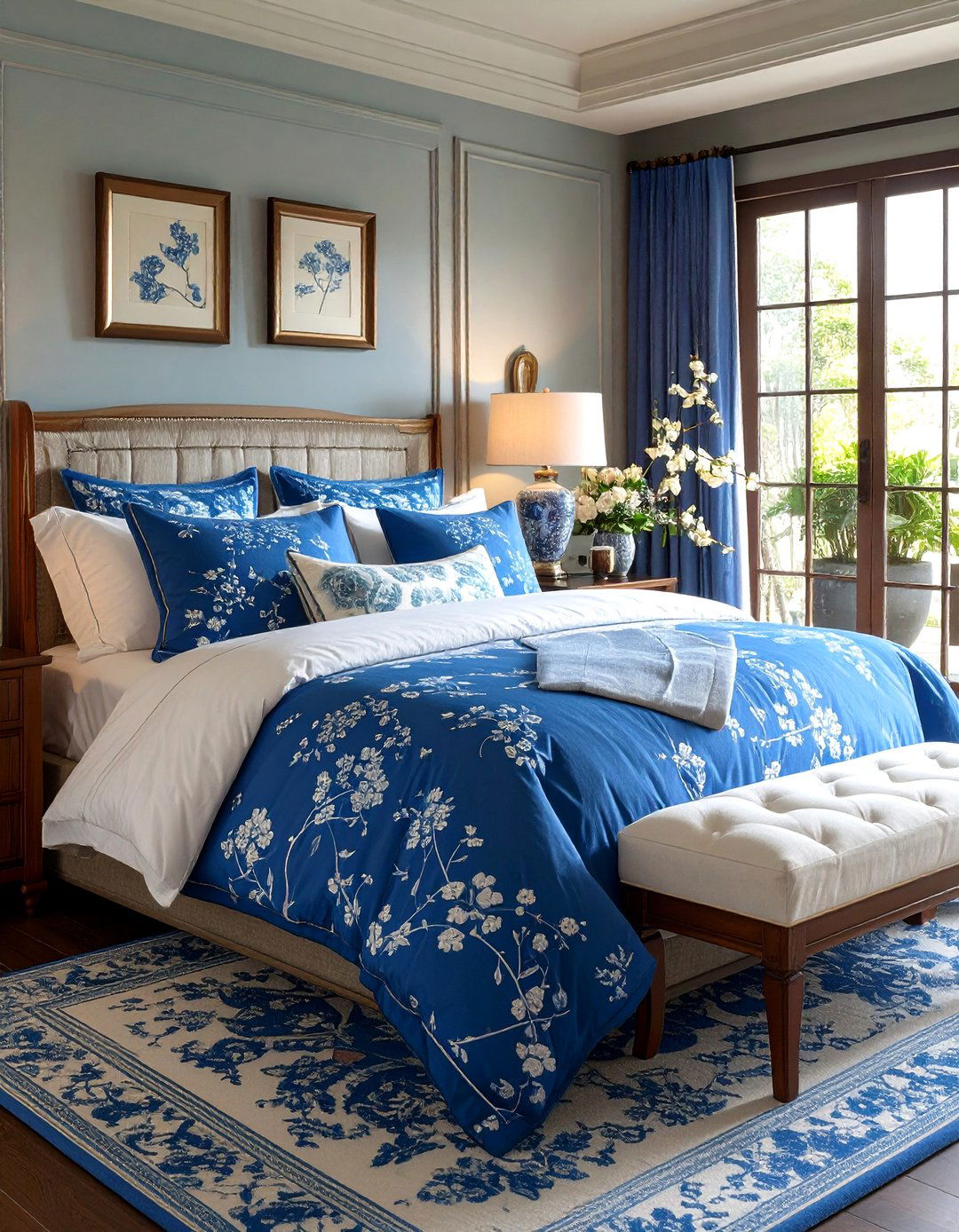


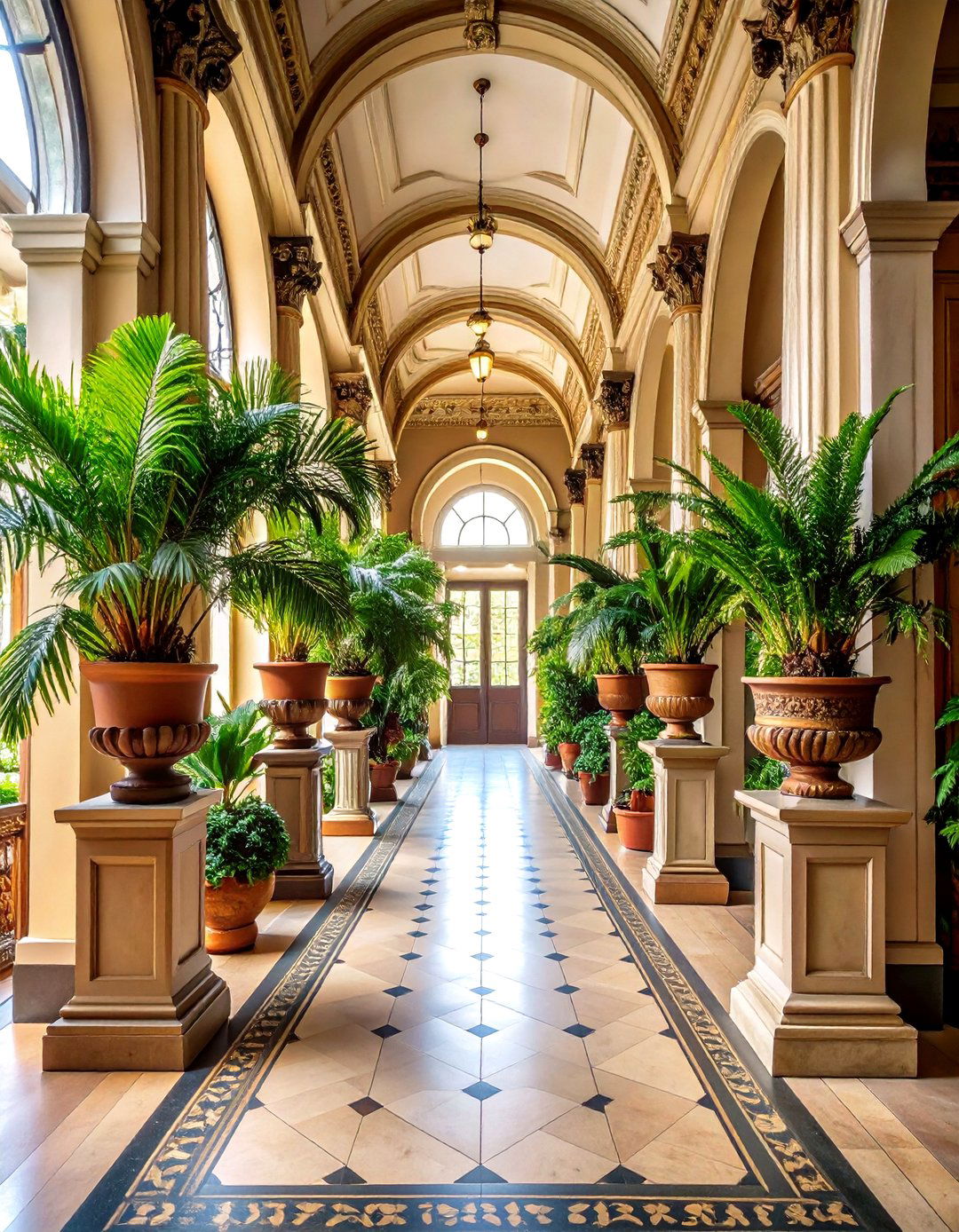
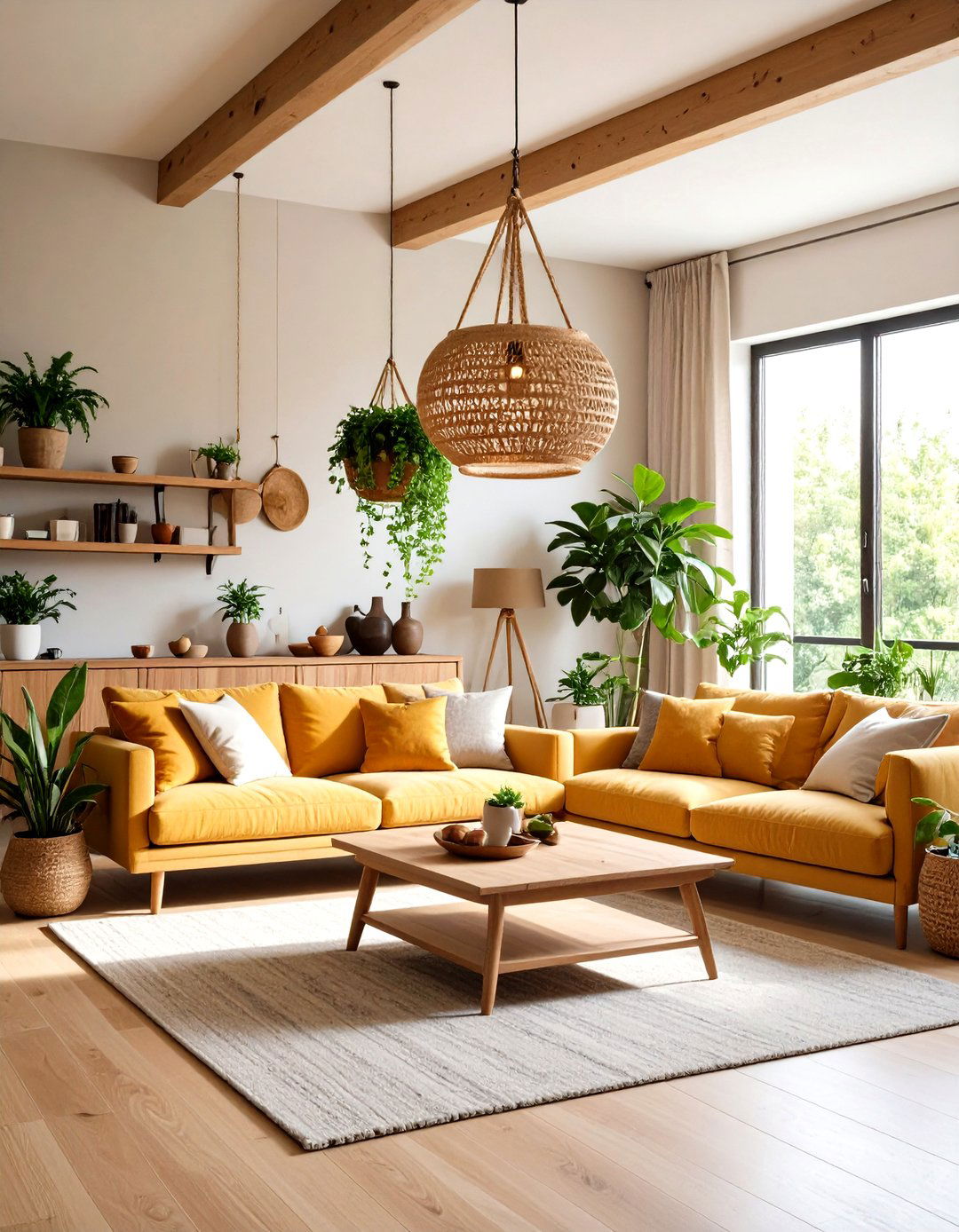
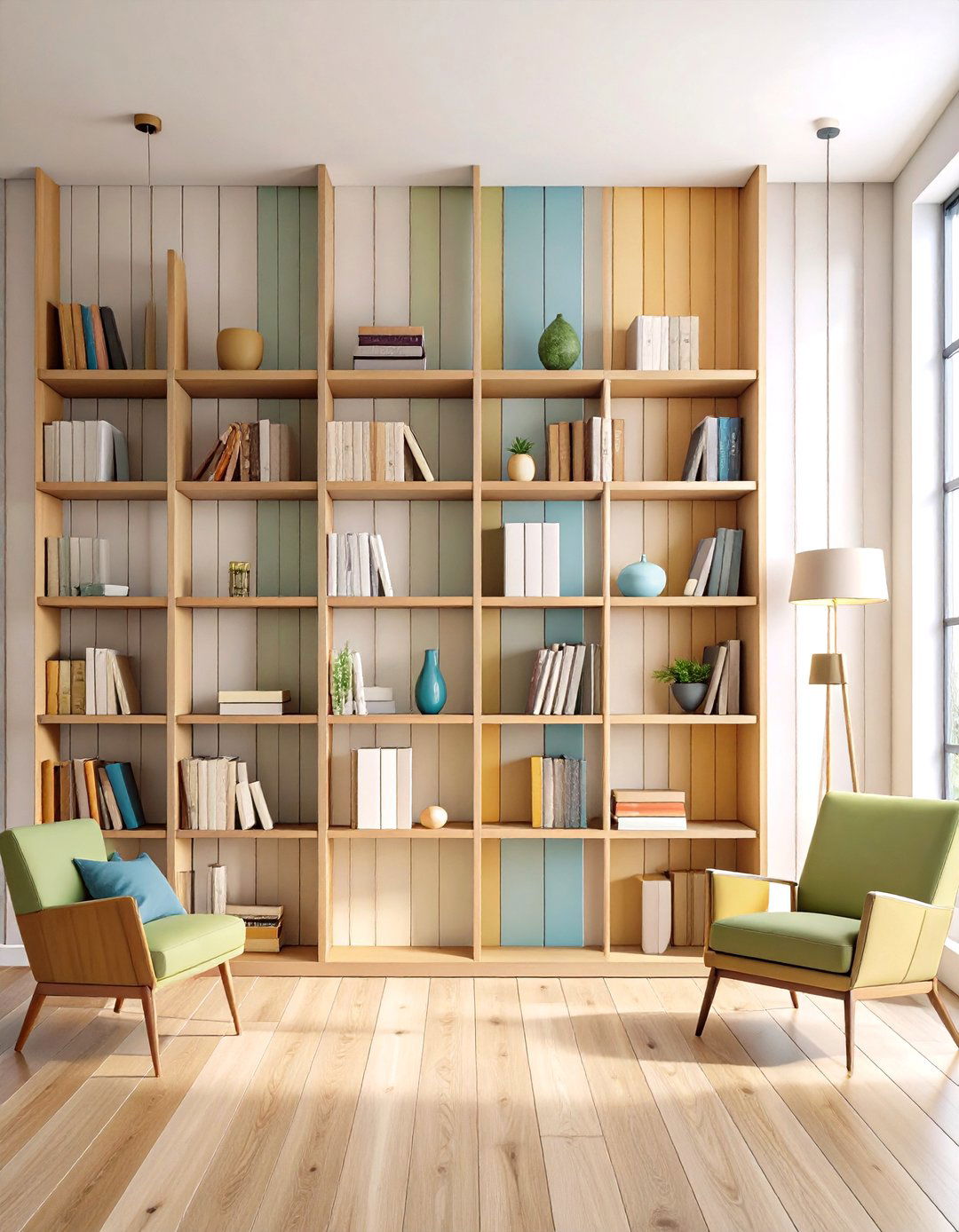
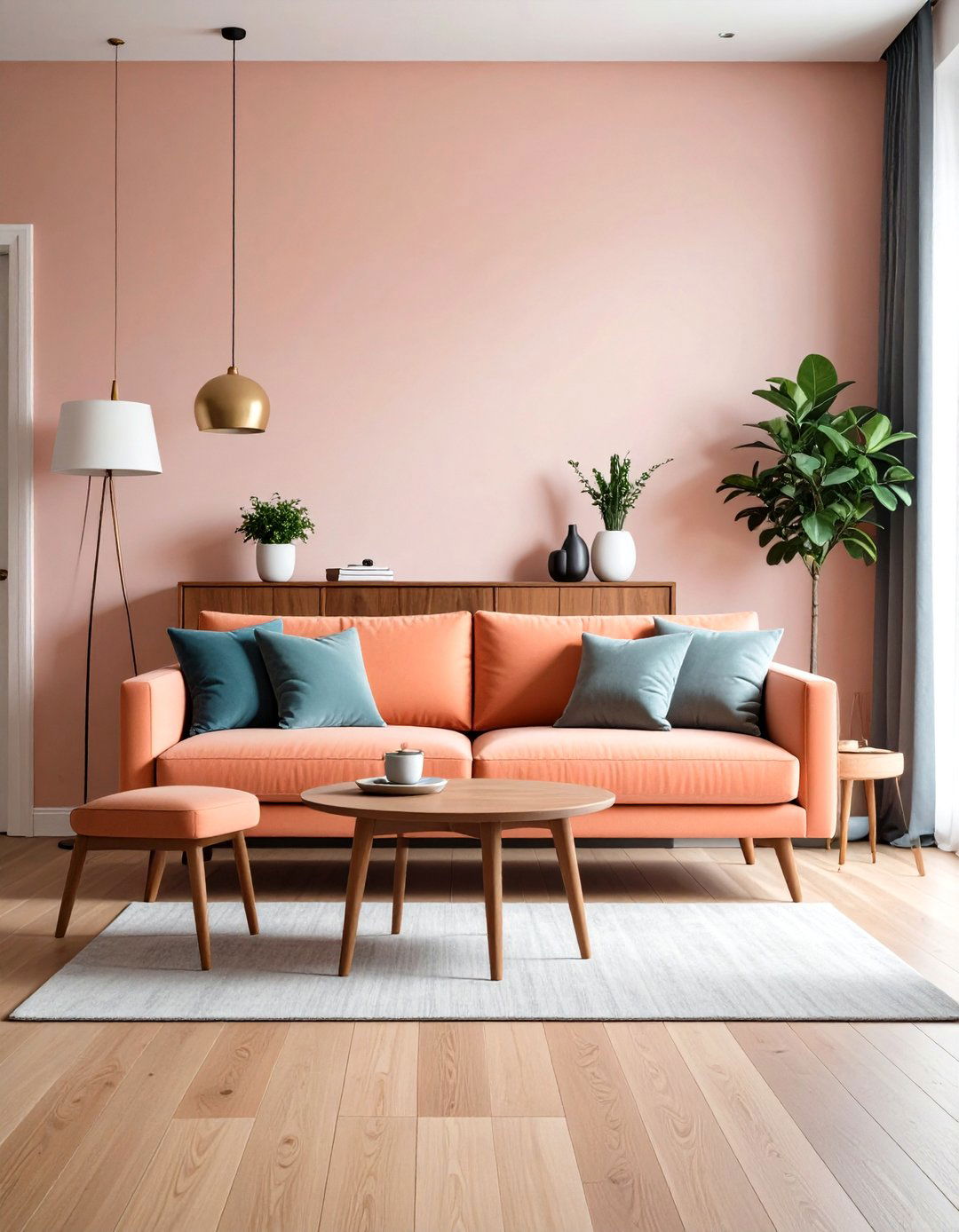
Leave a Reply